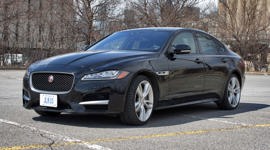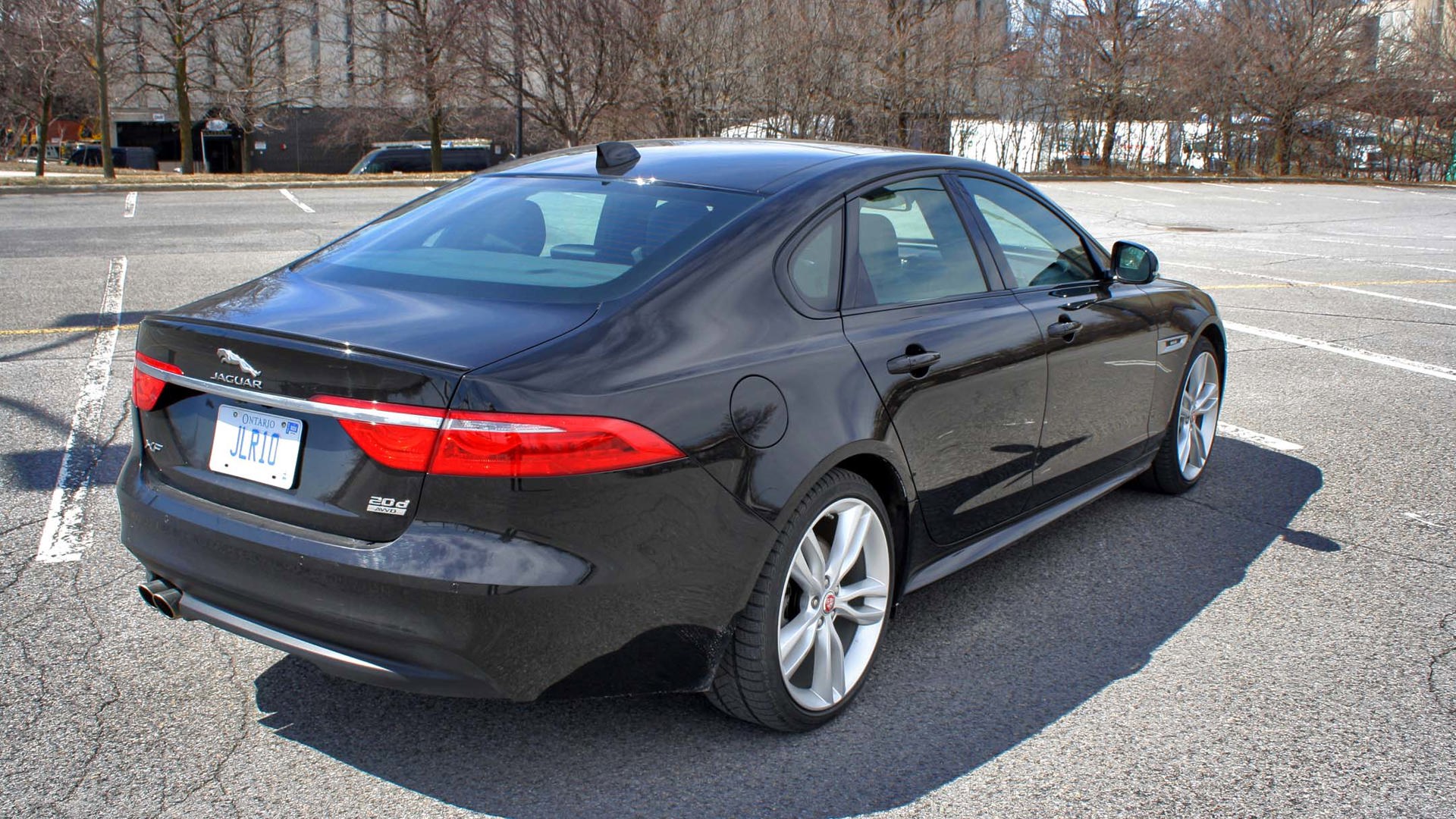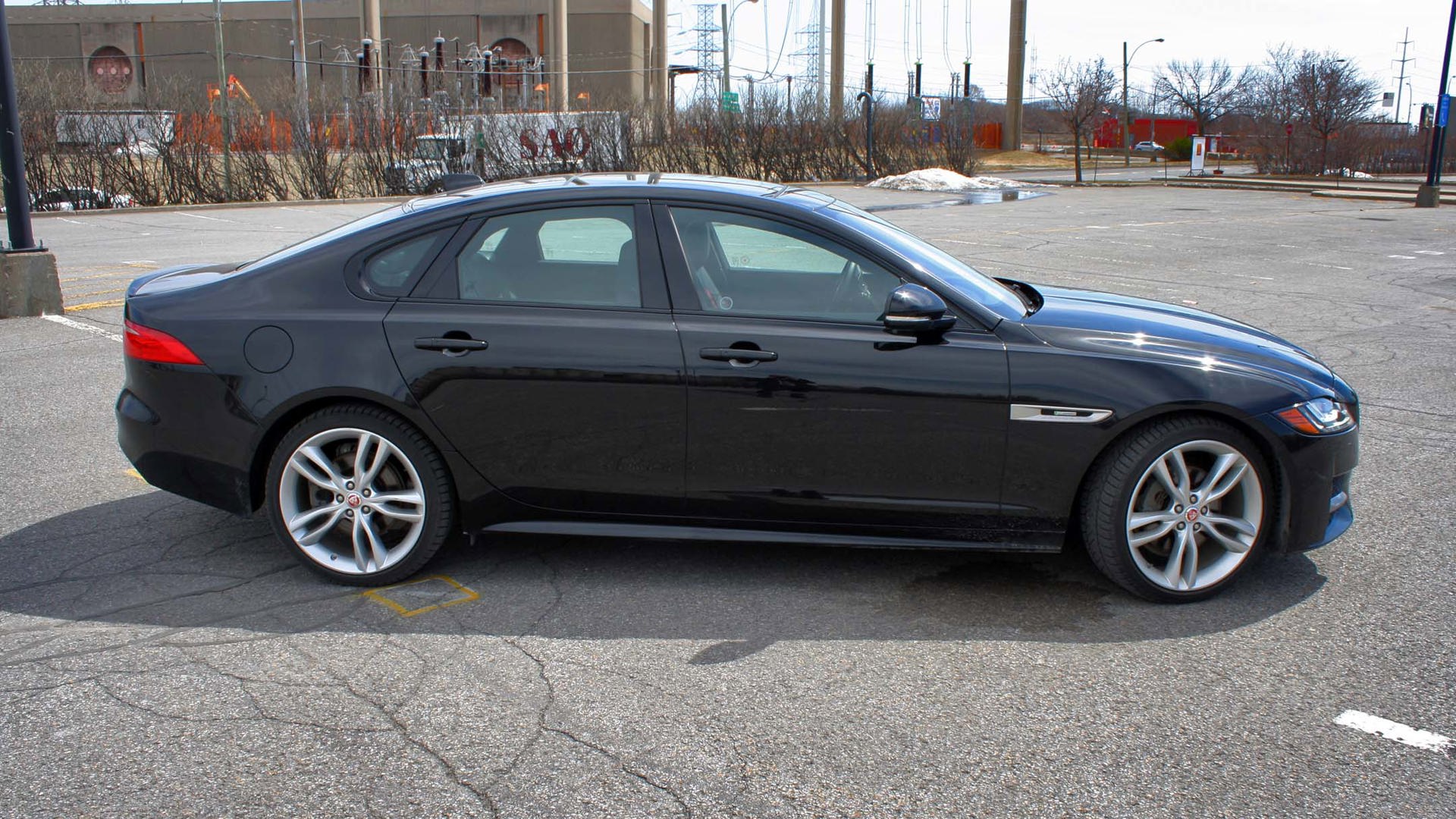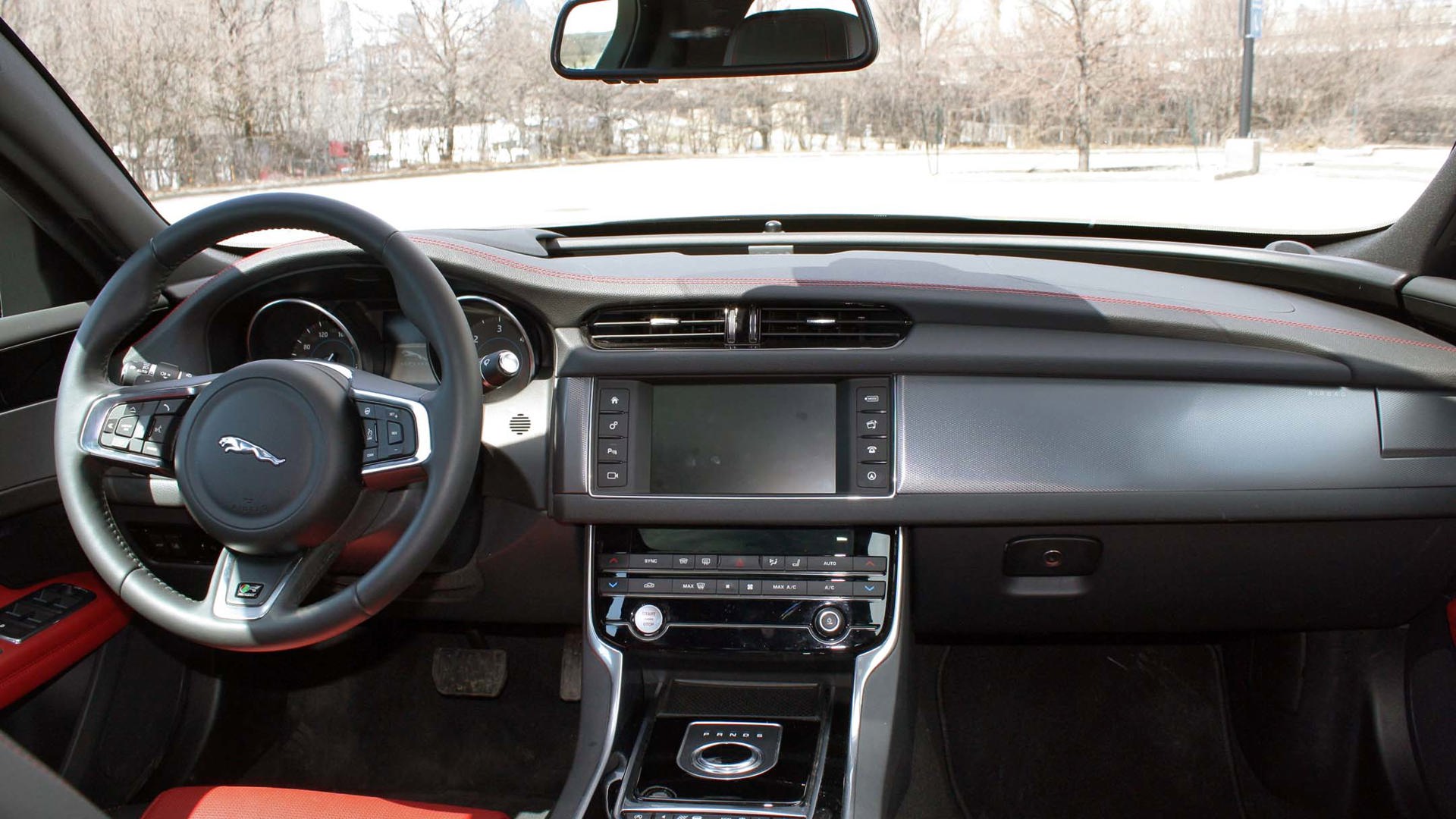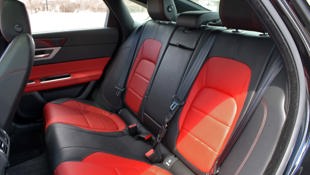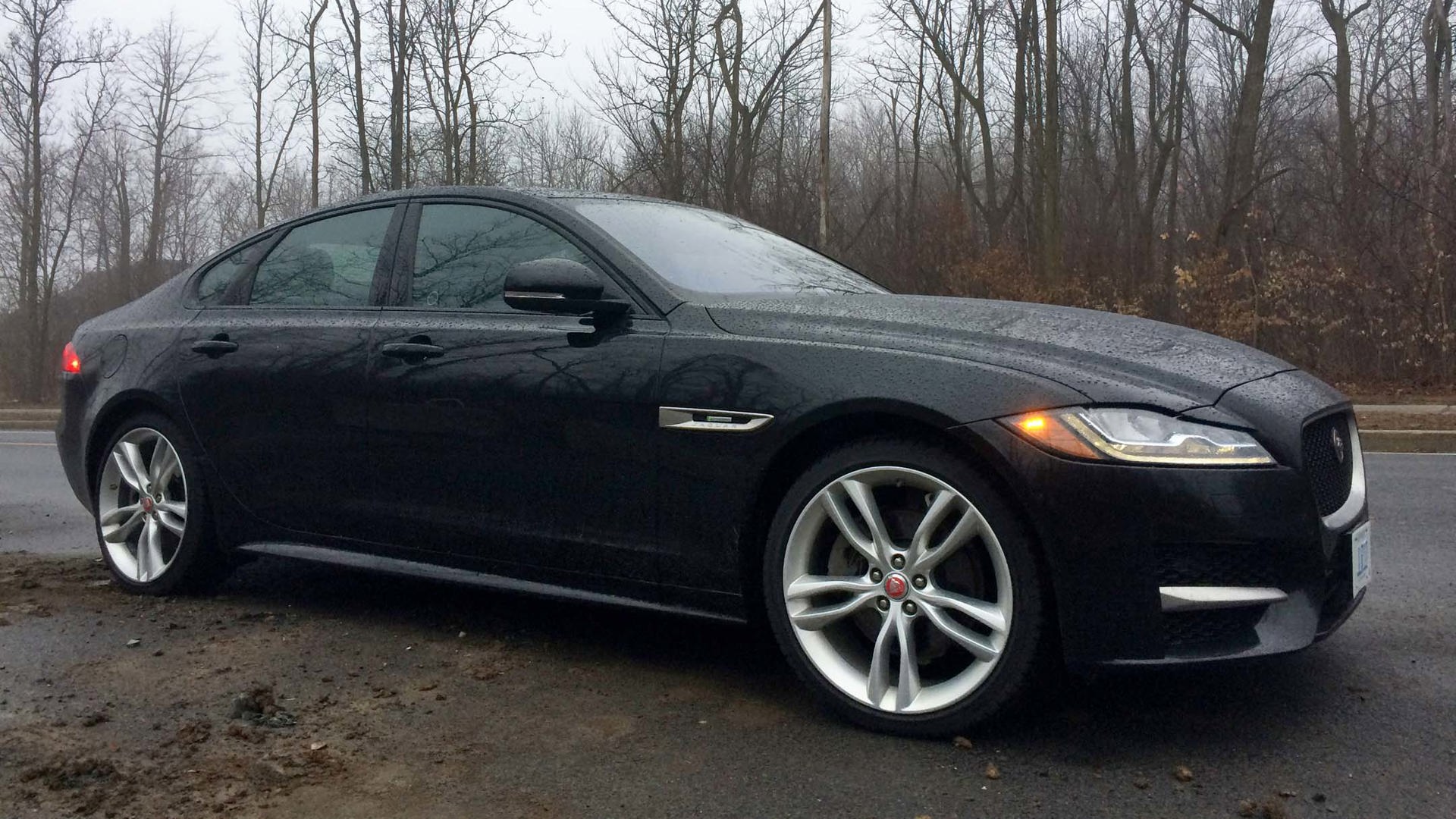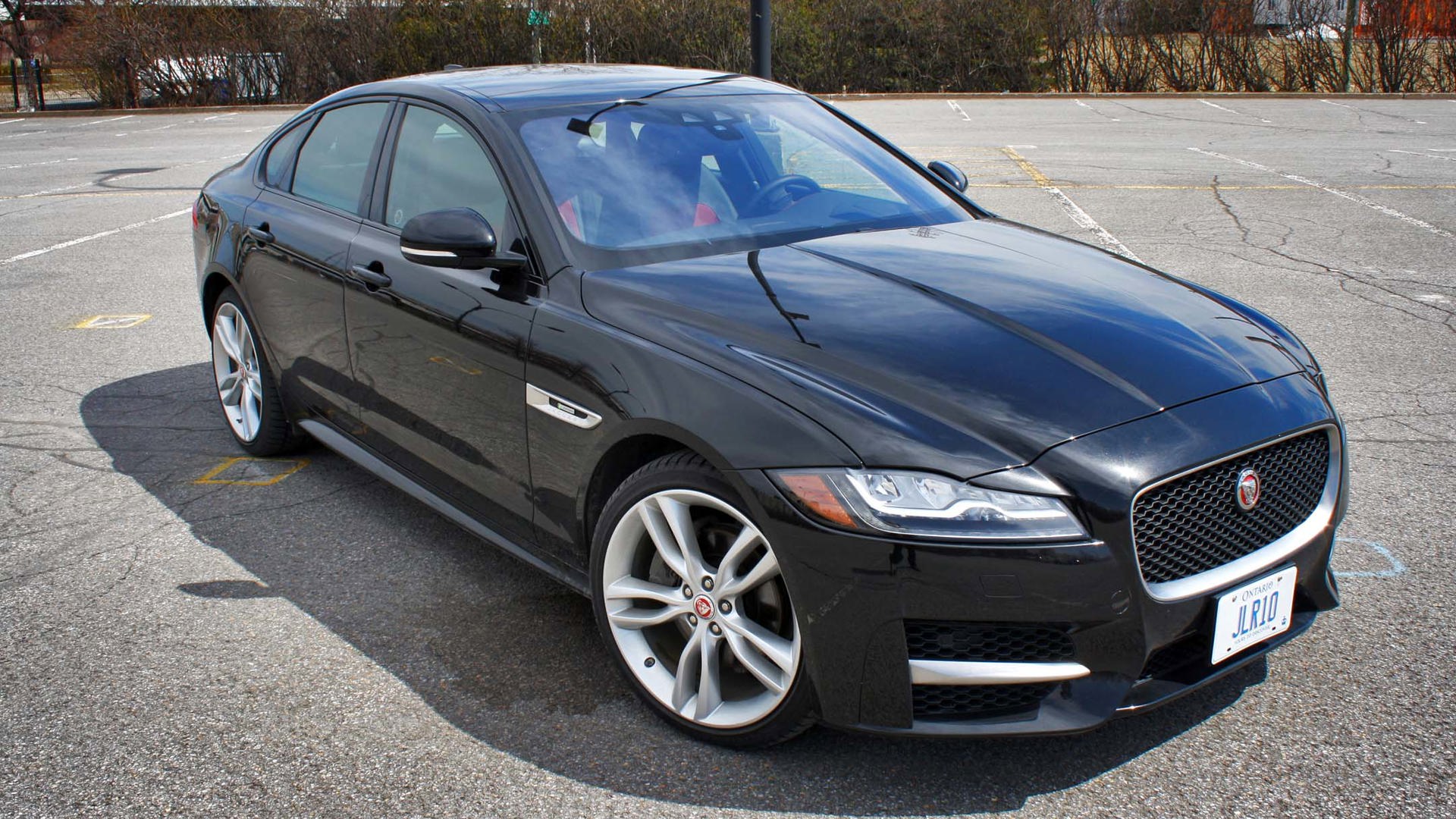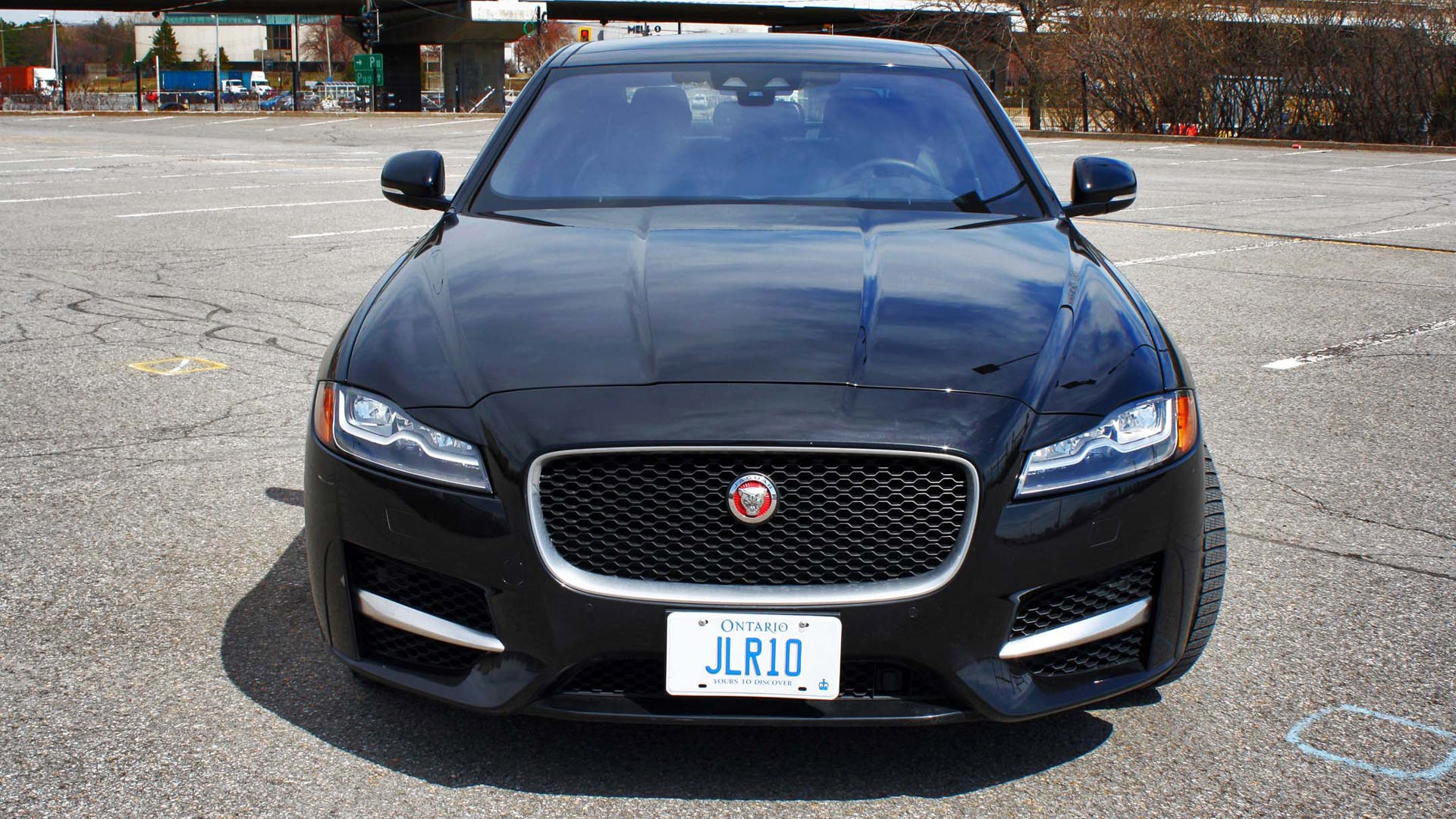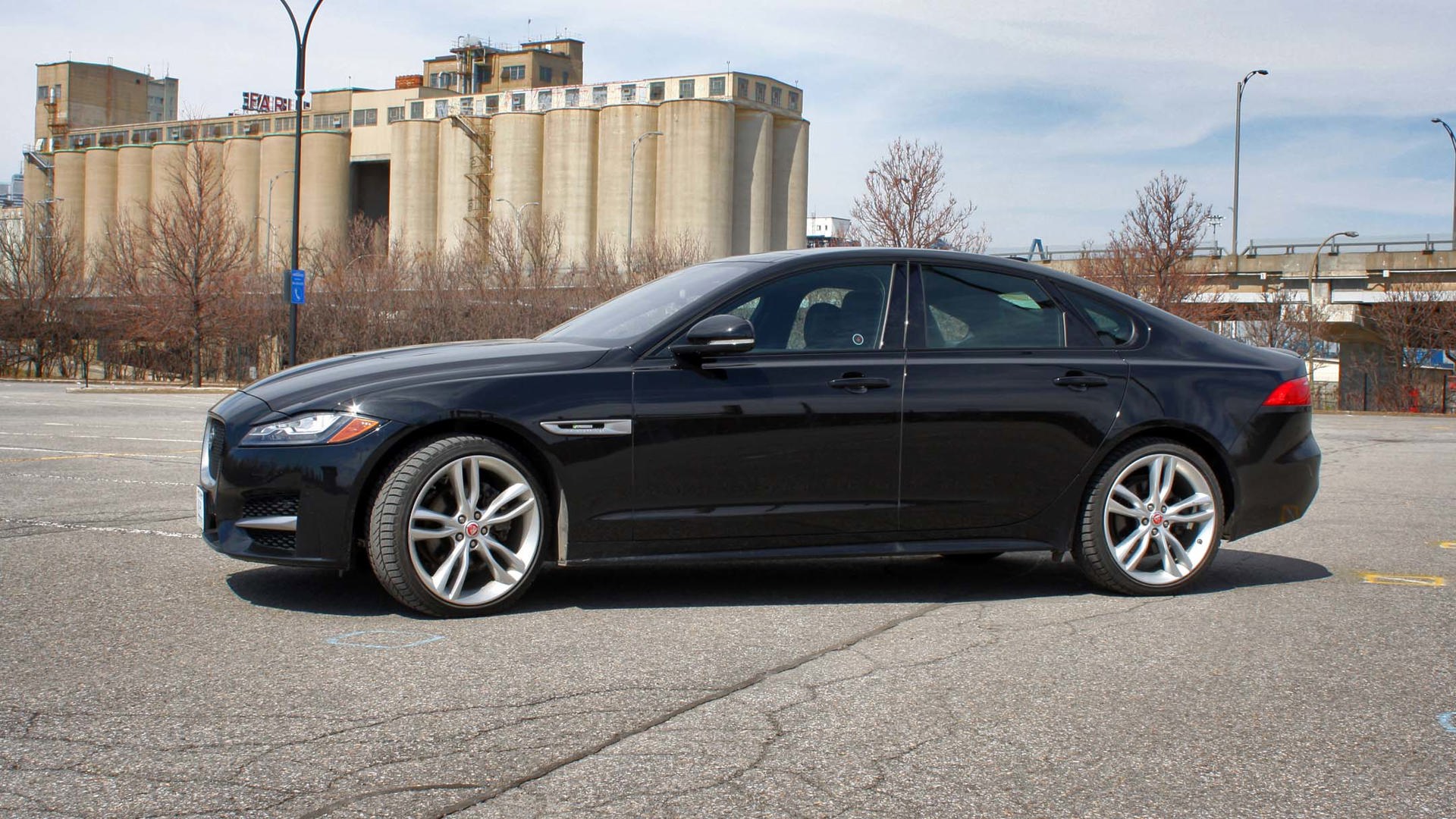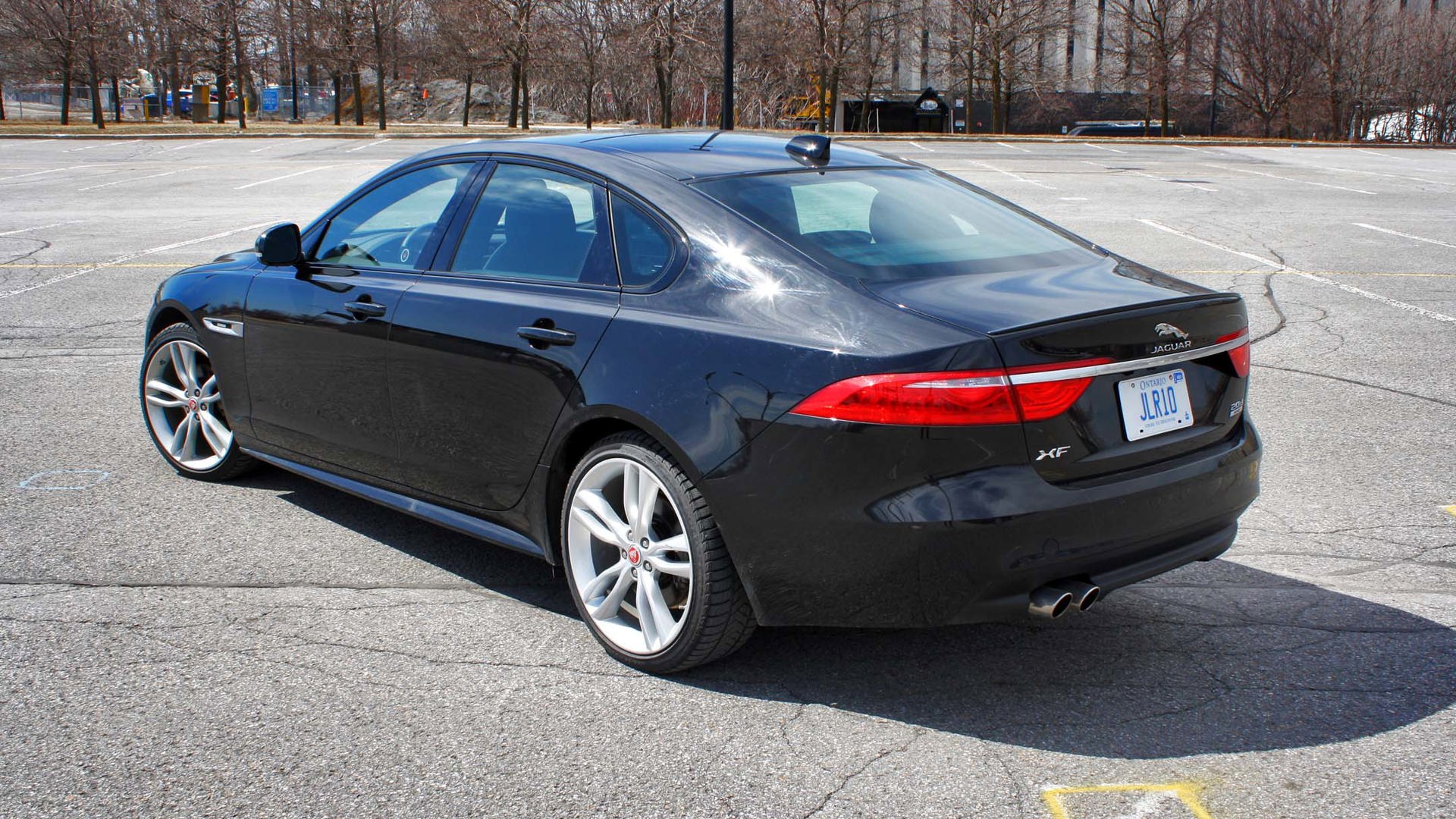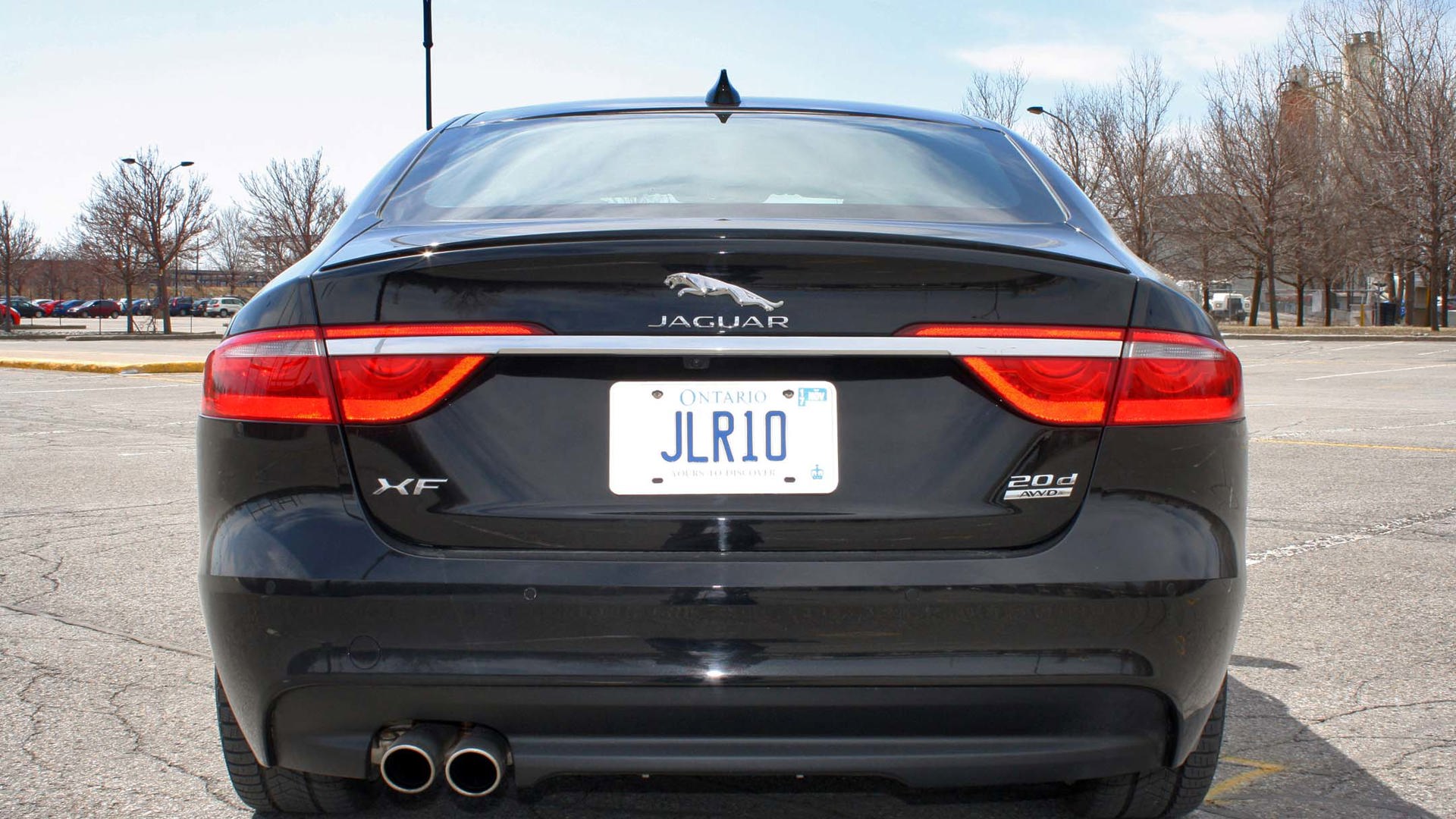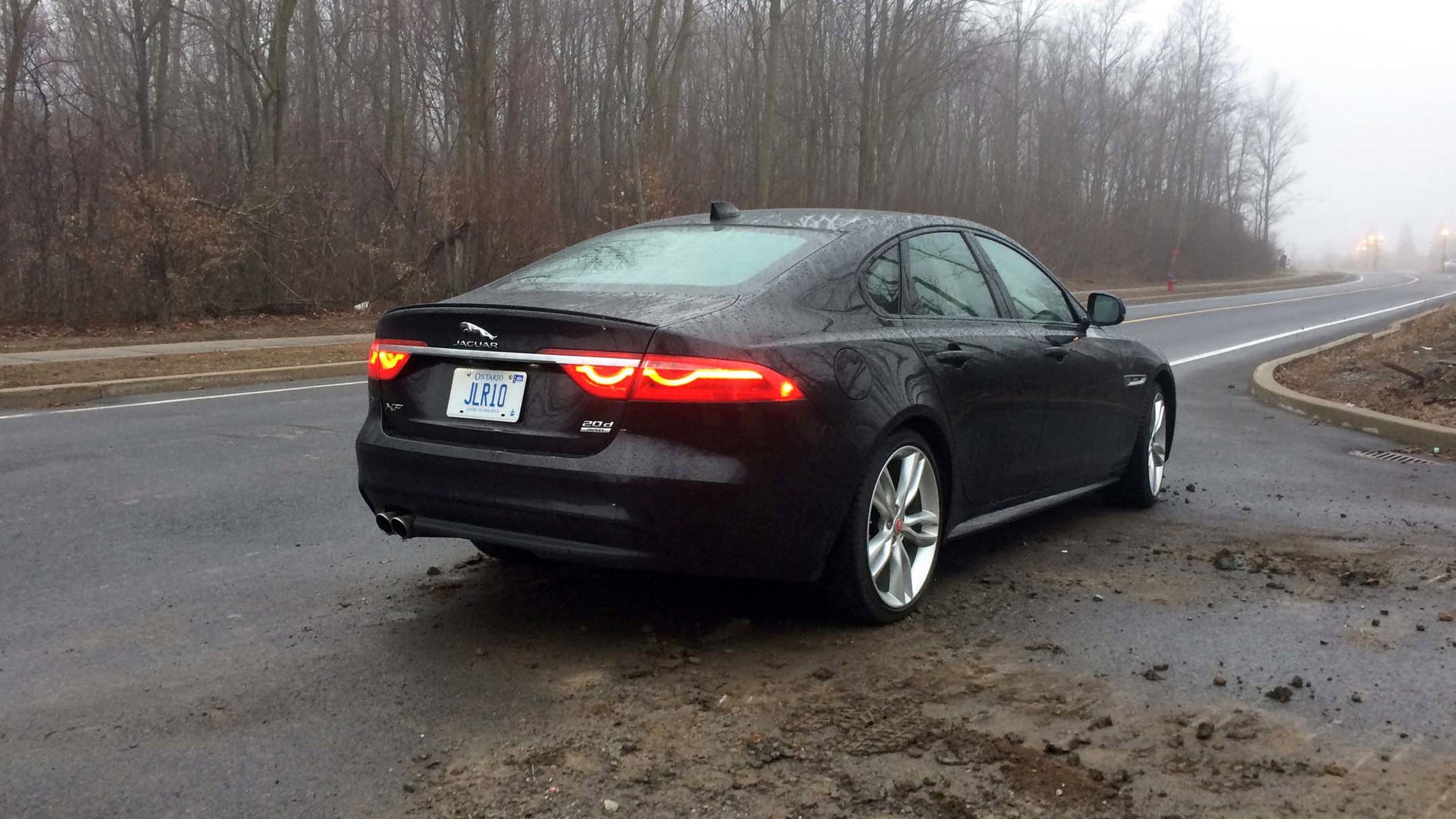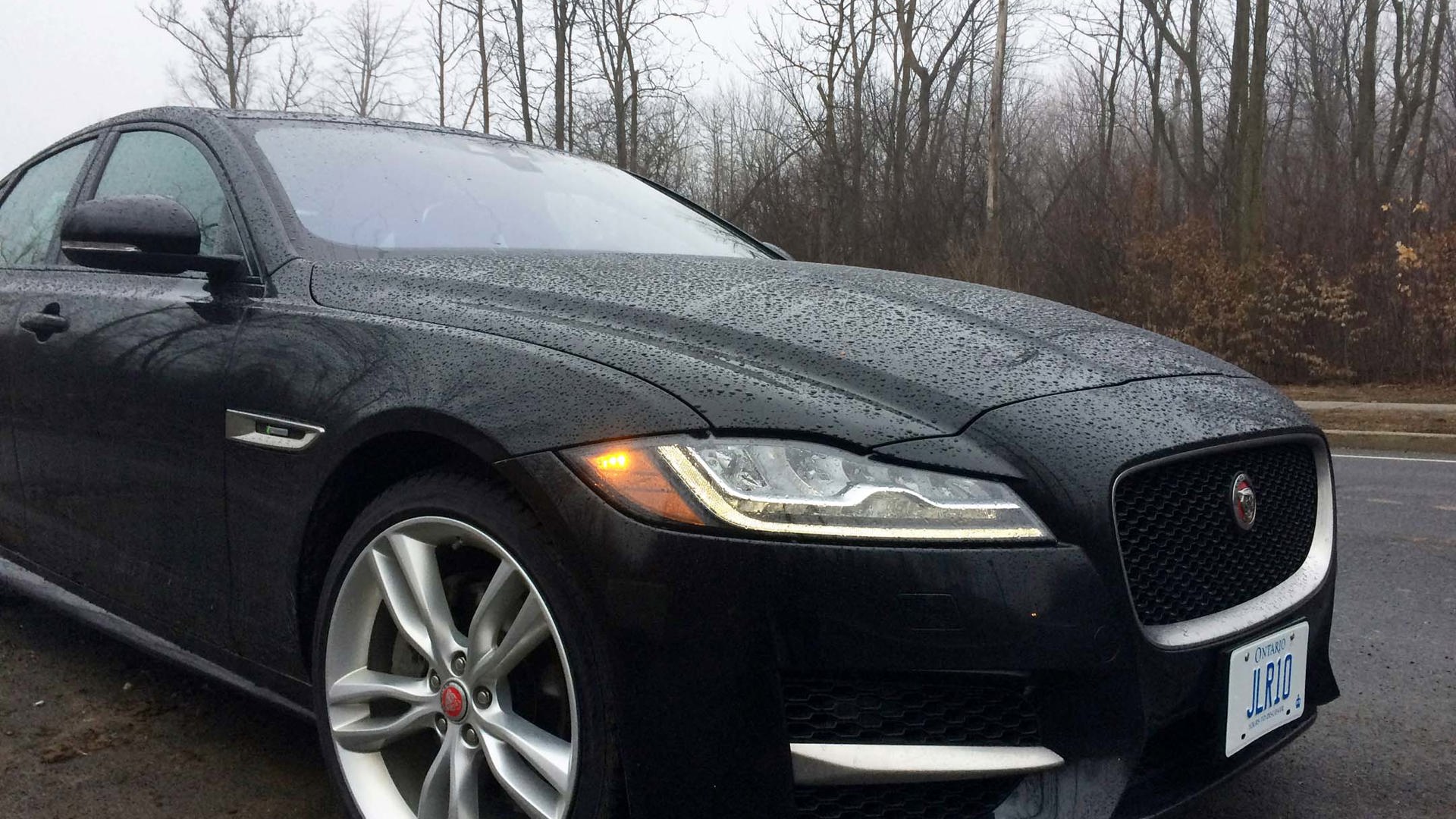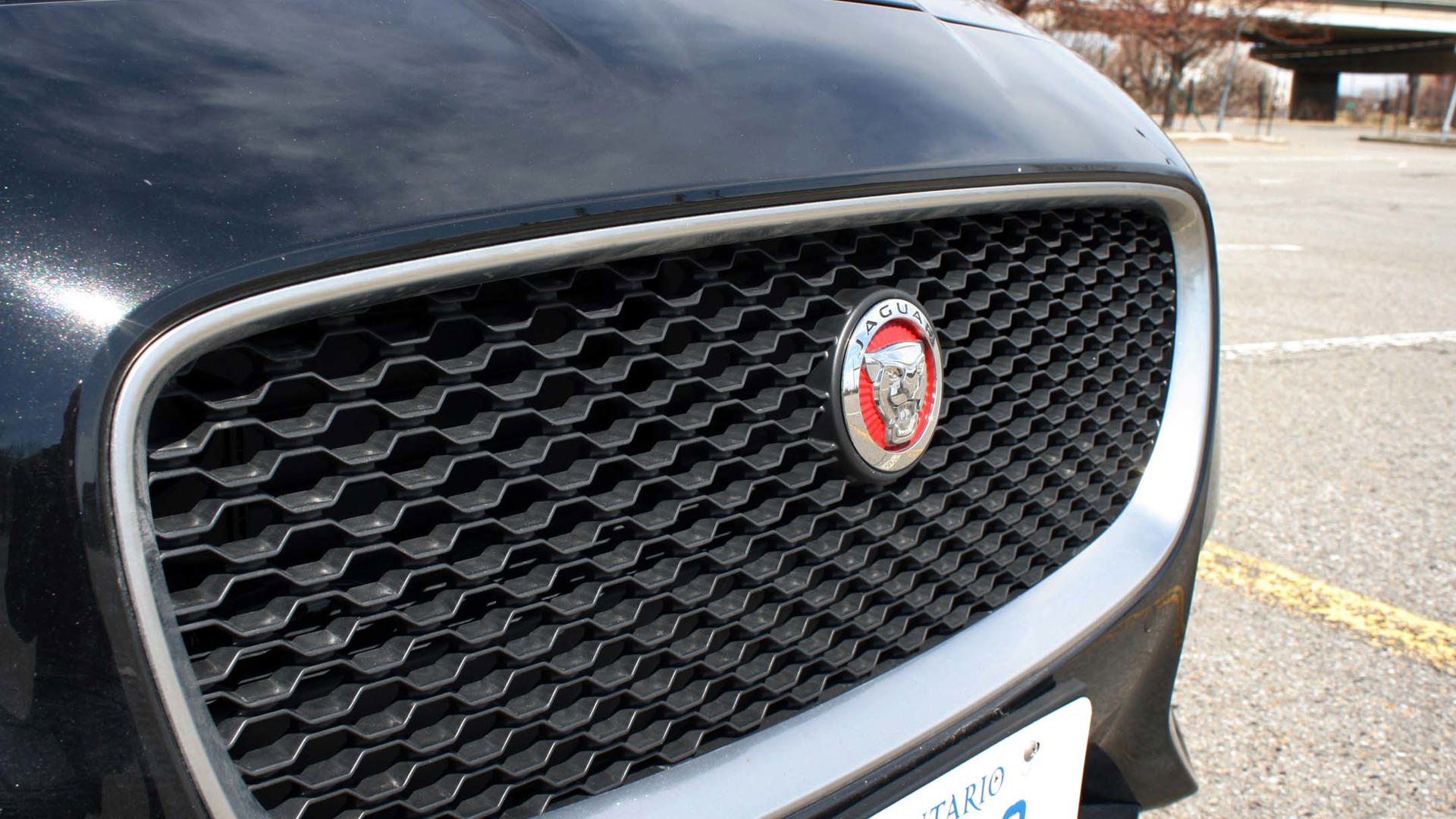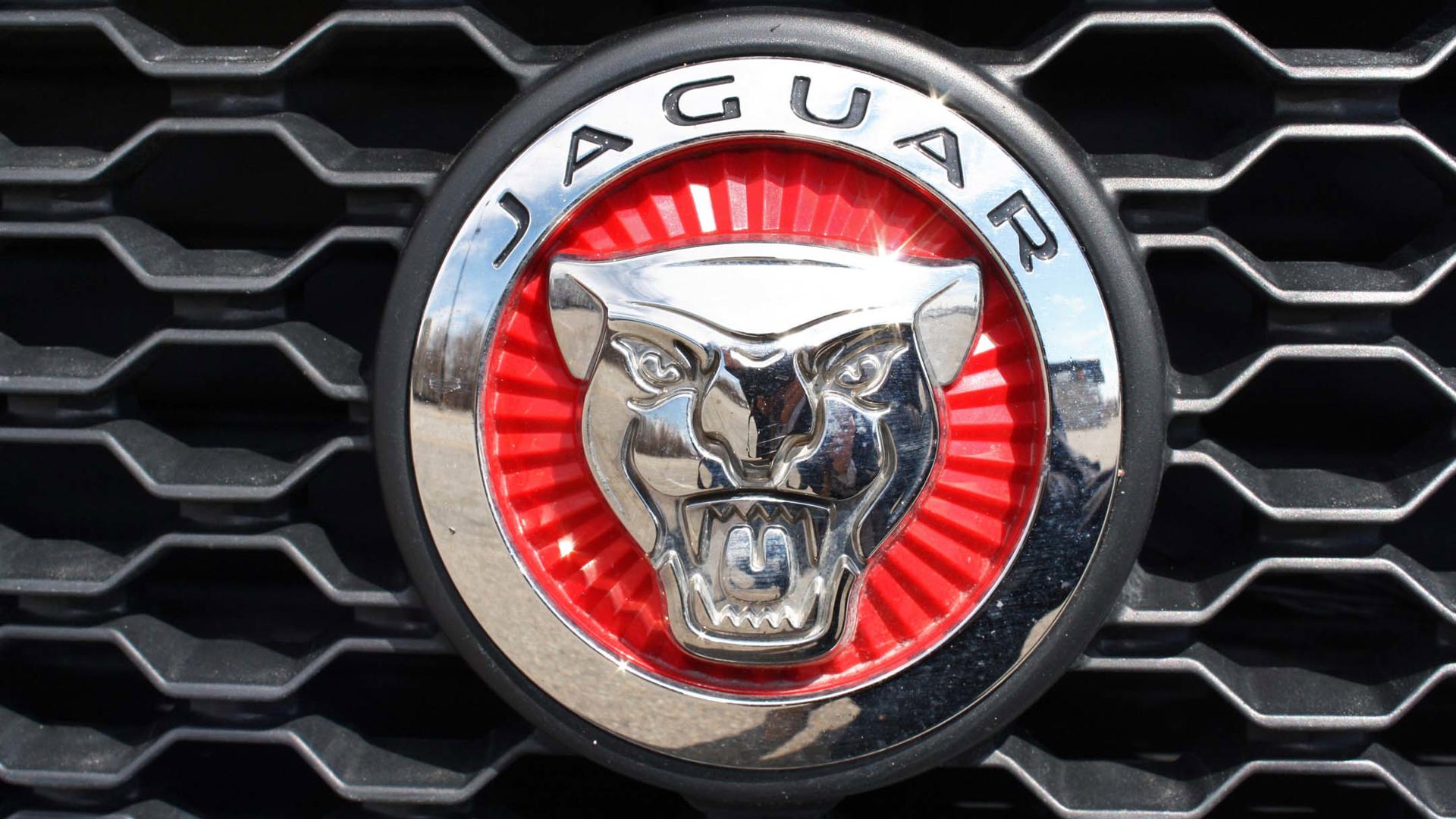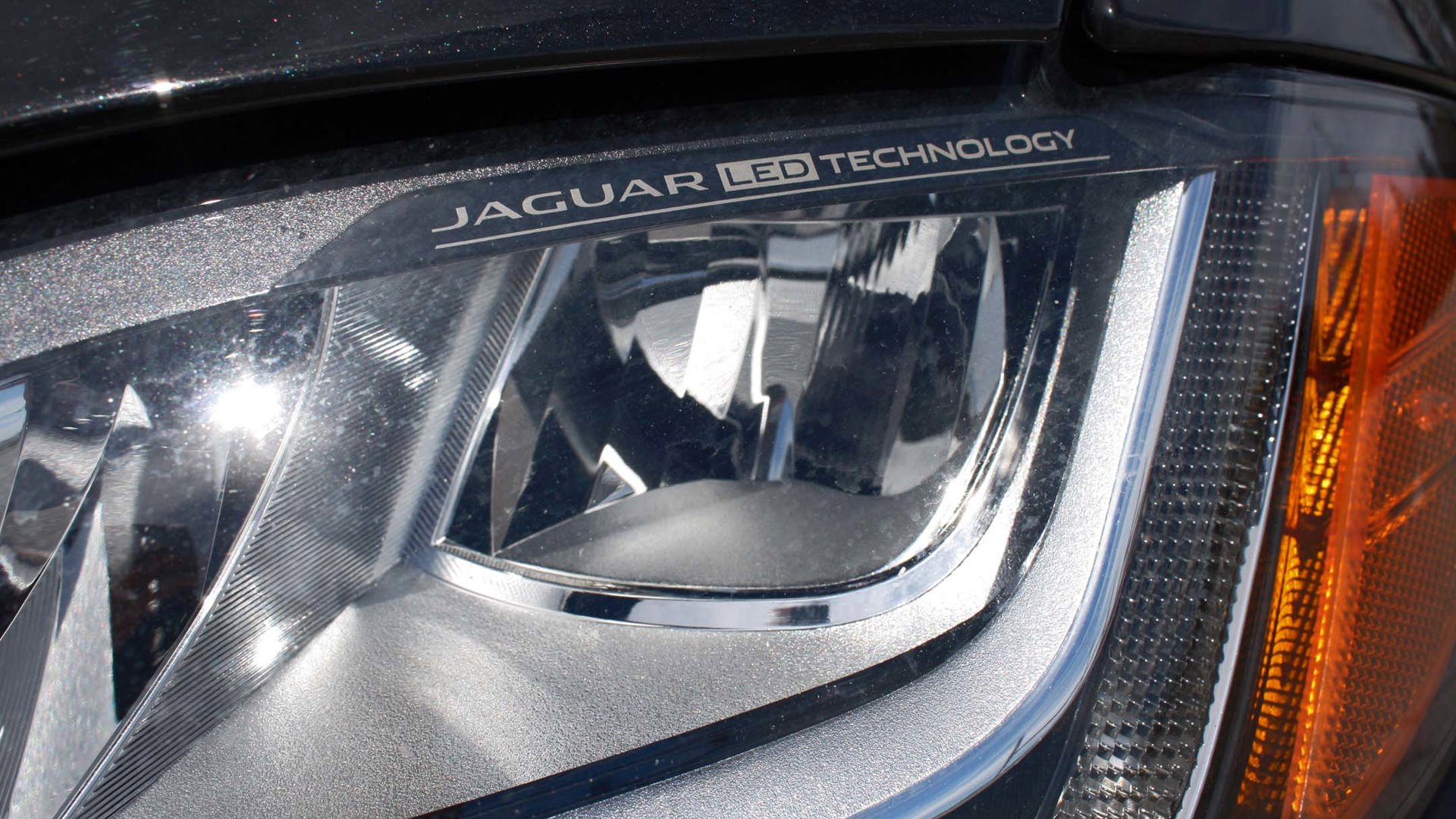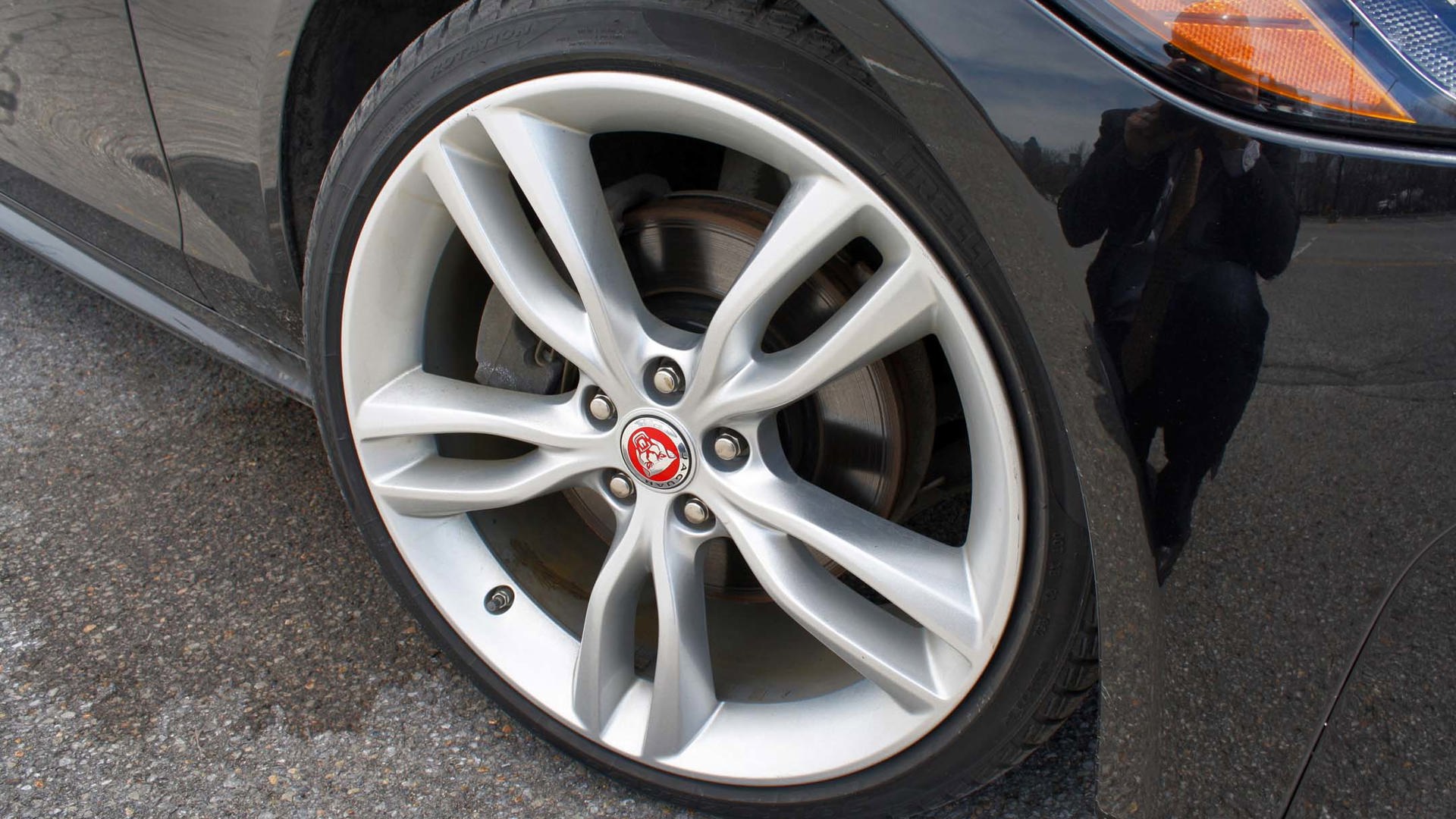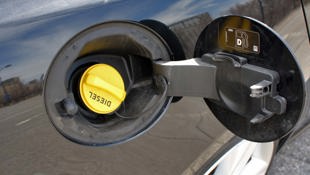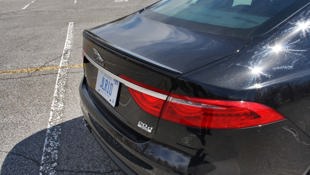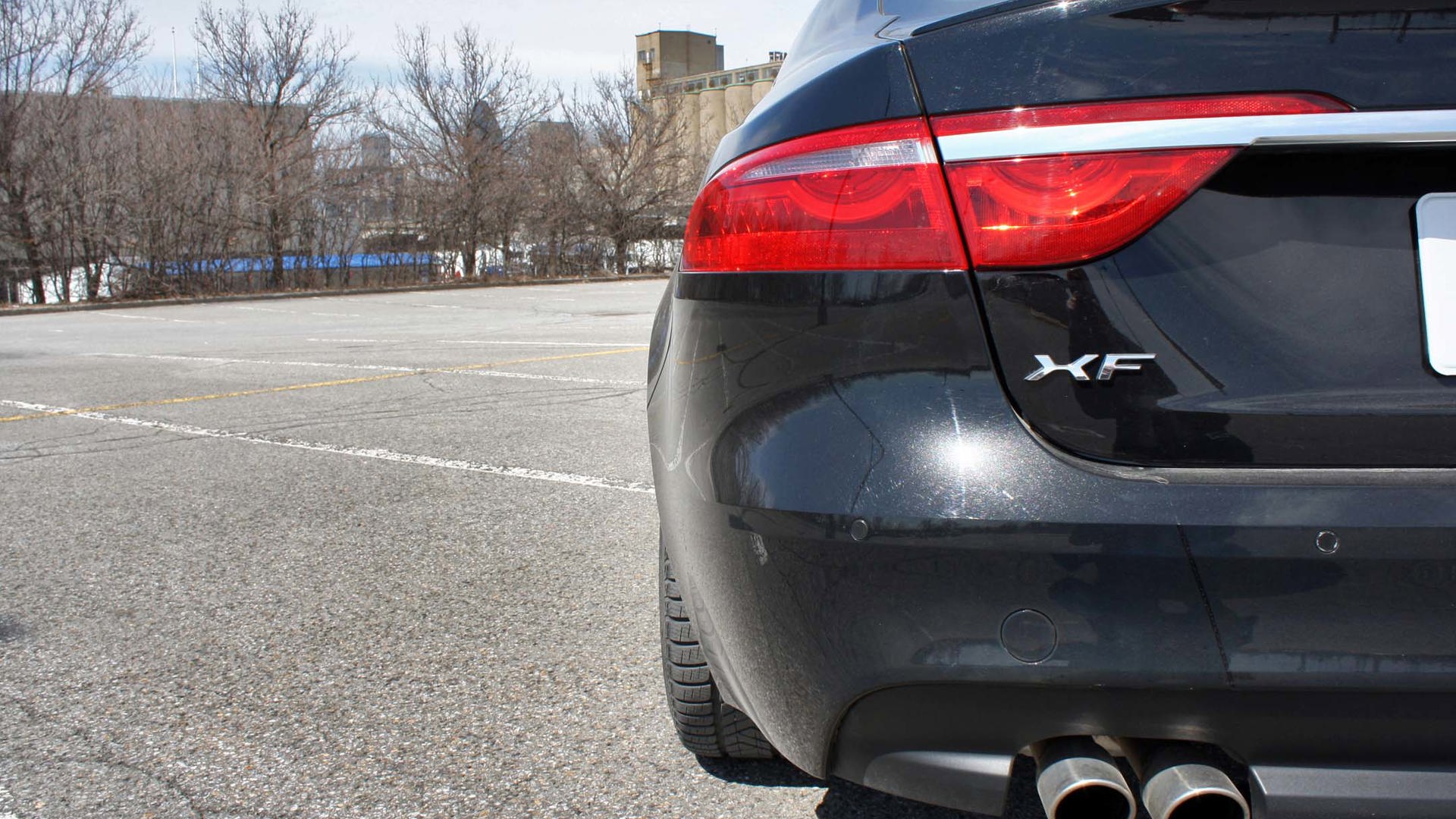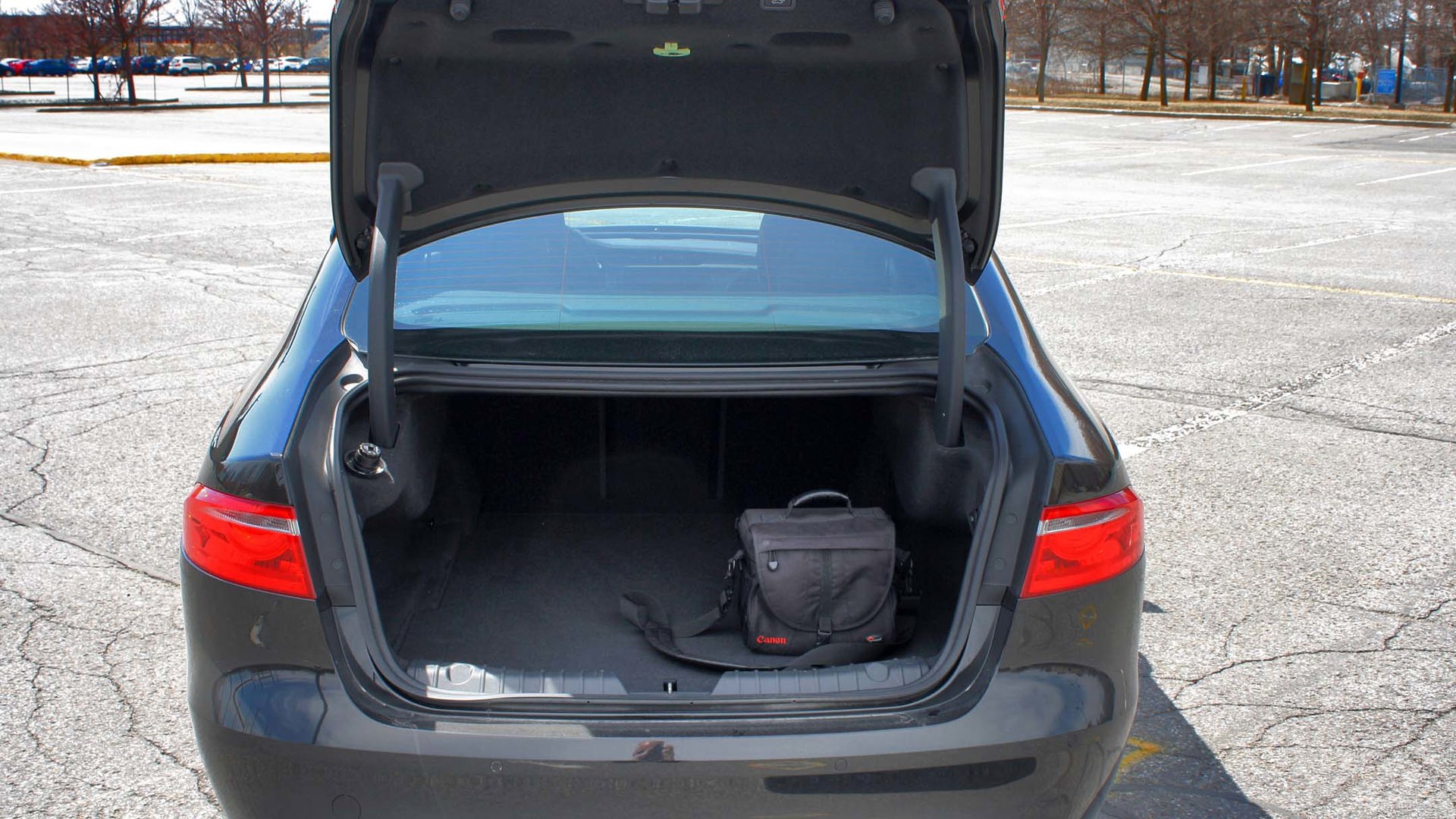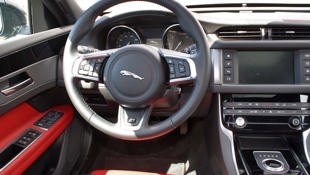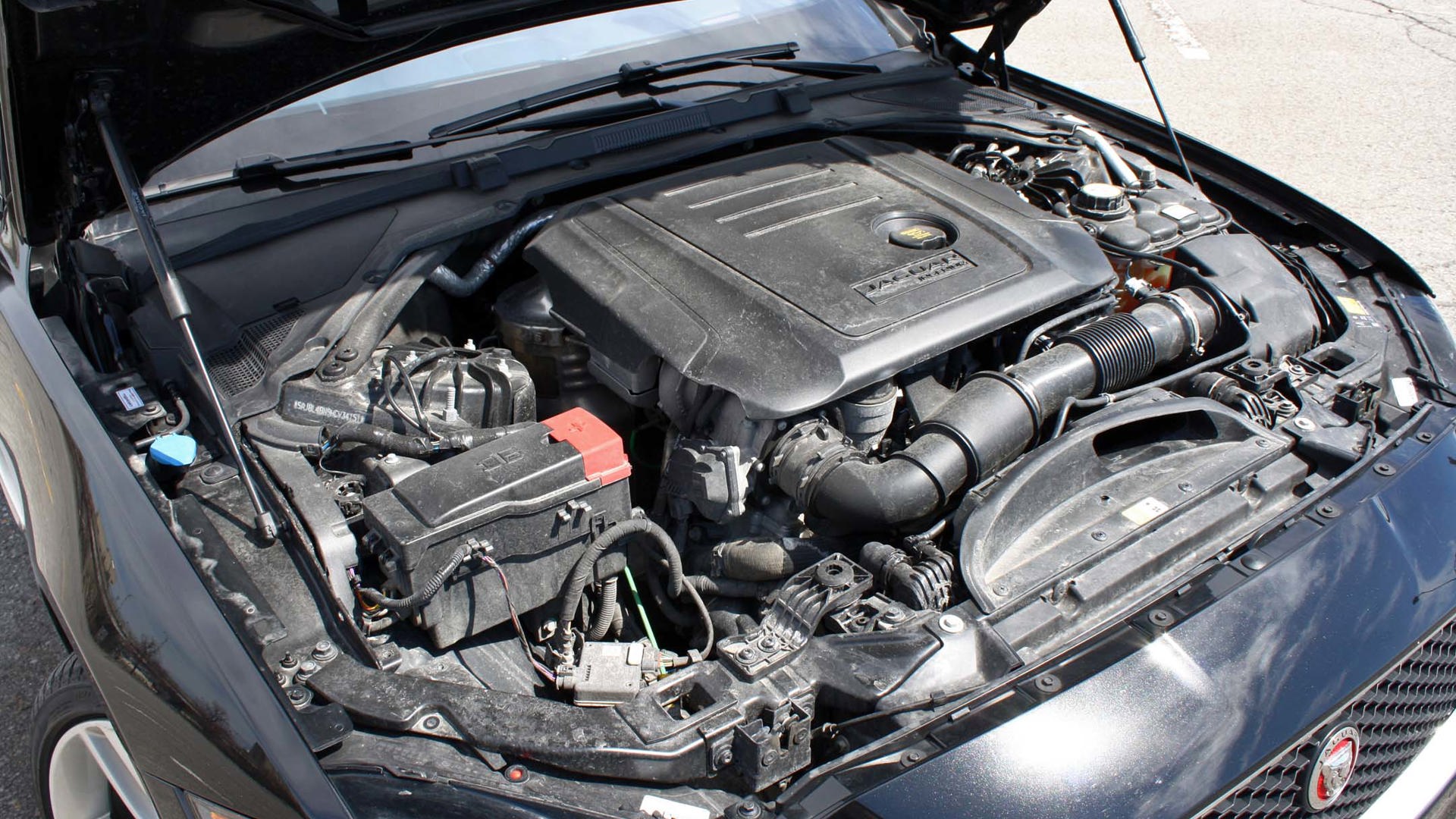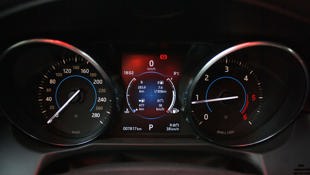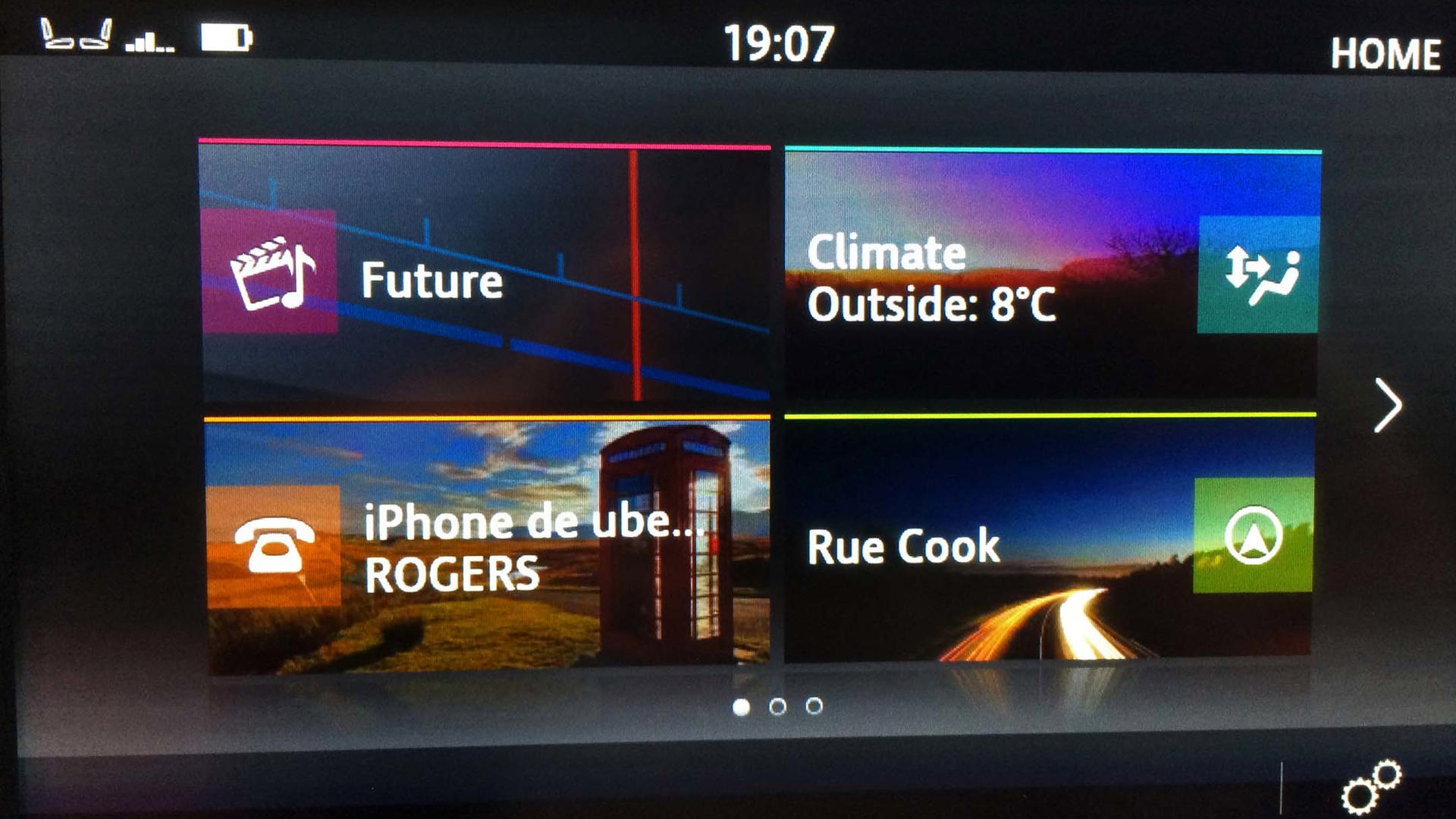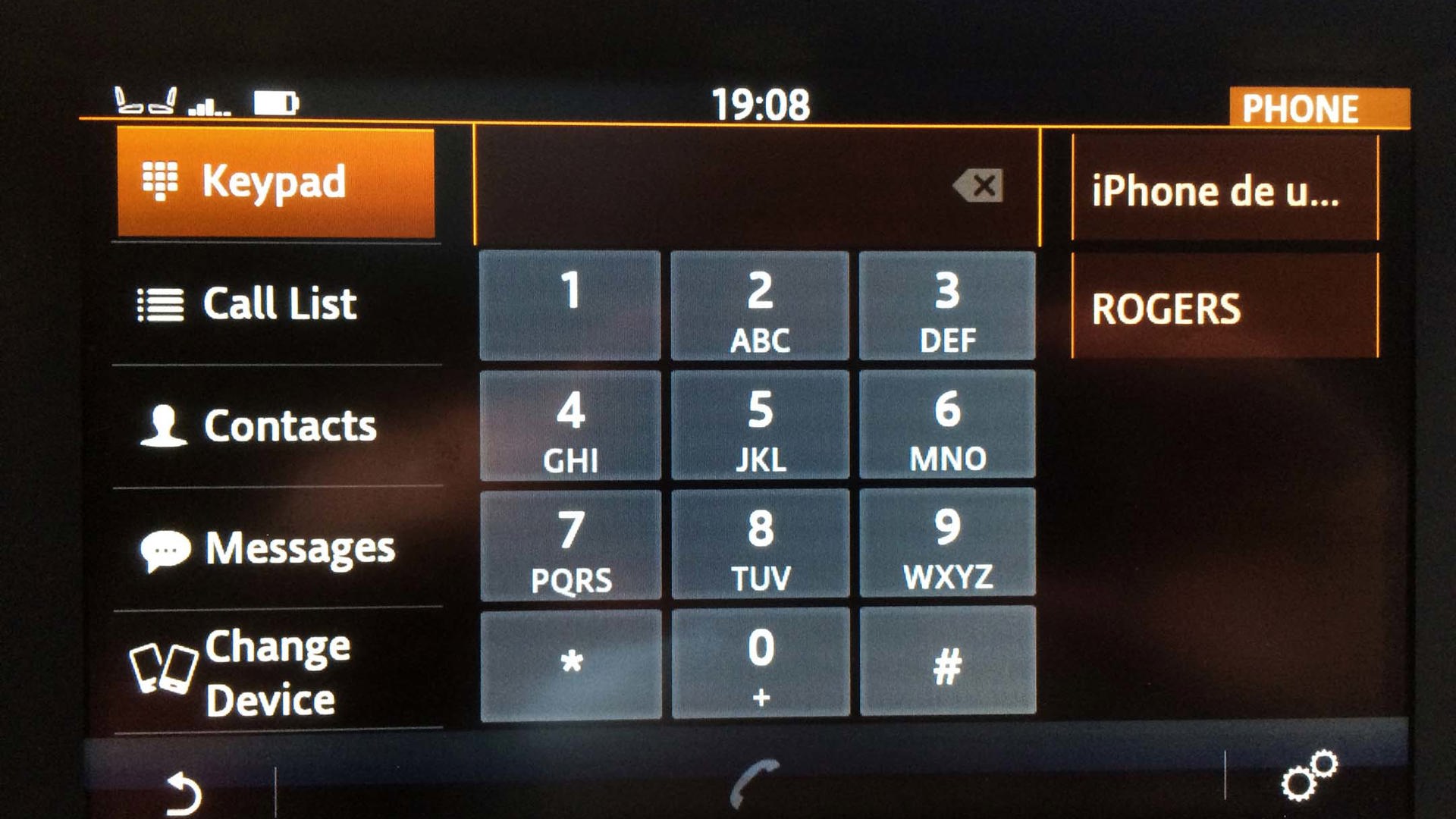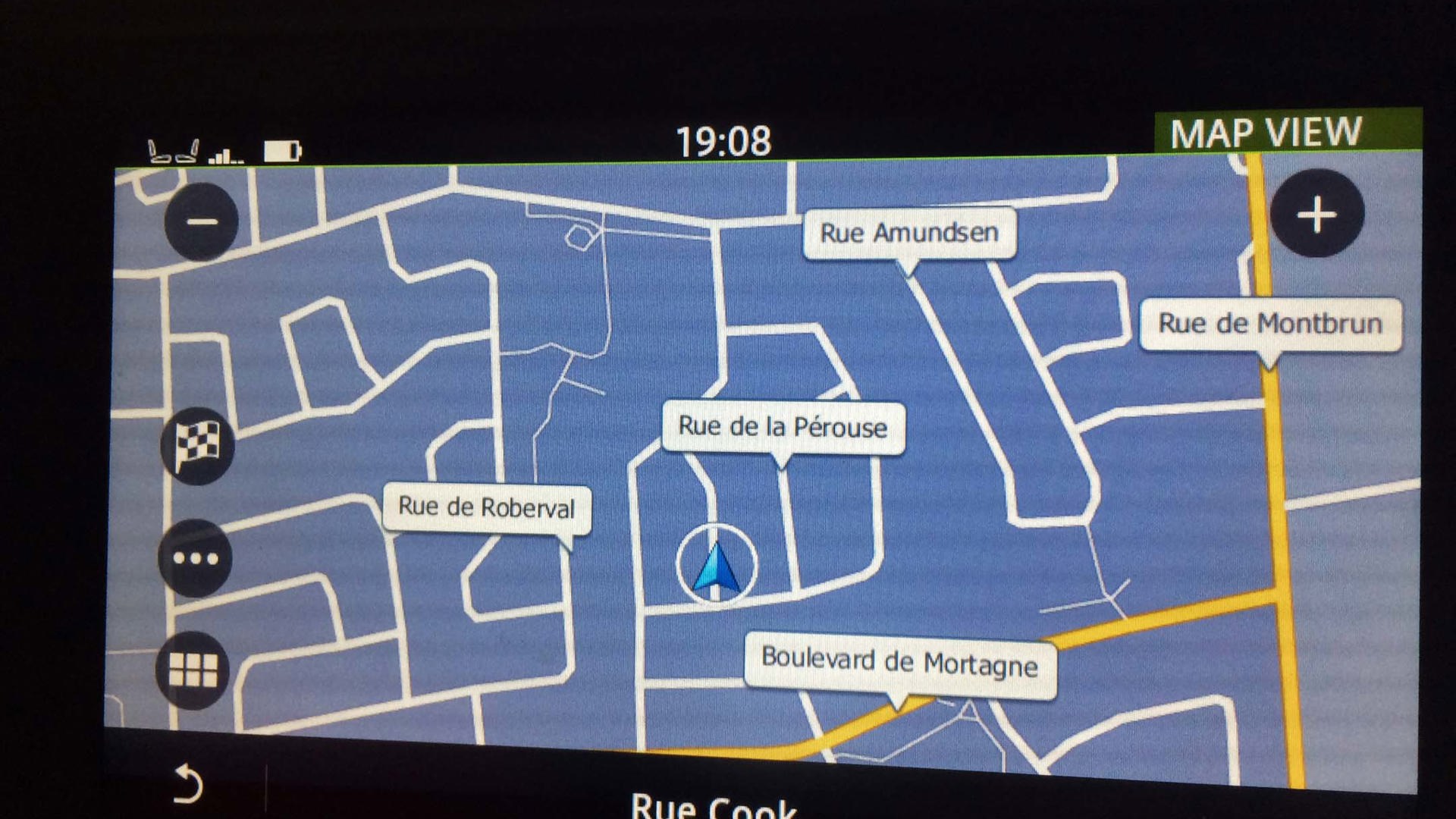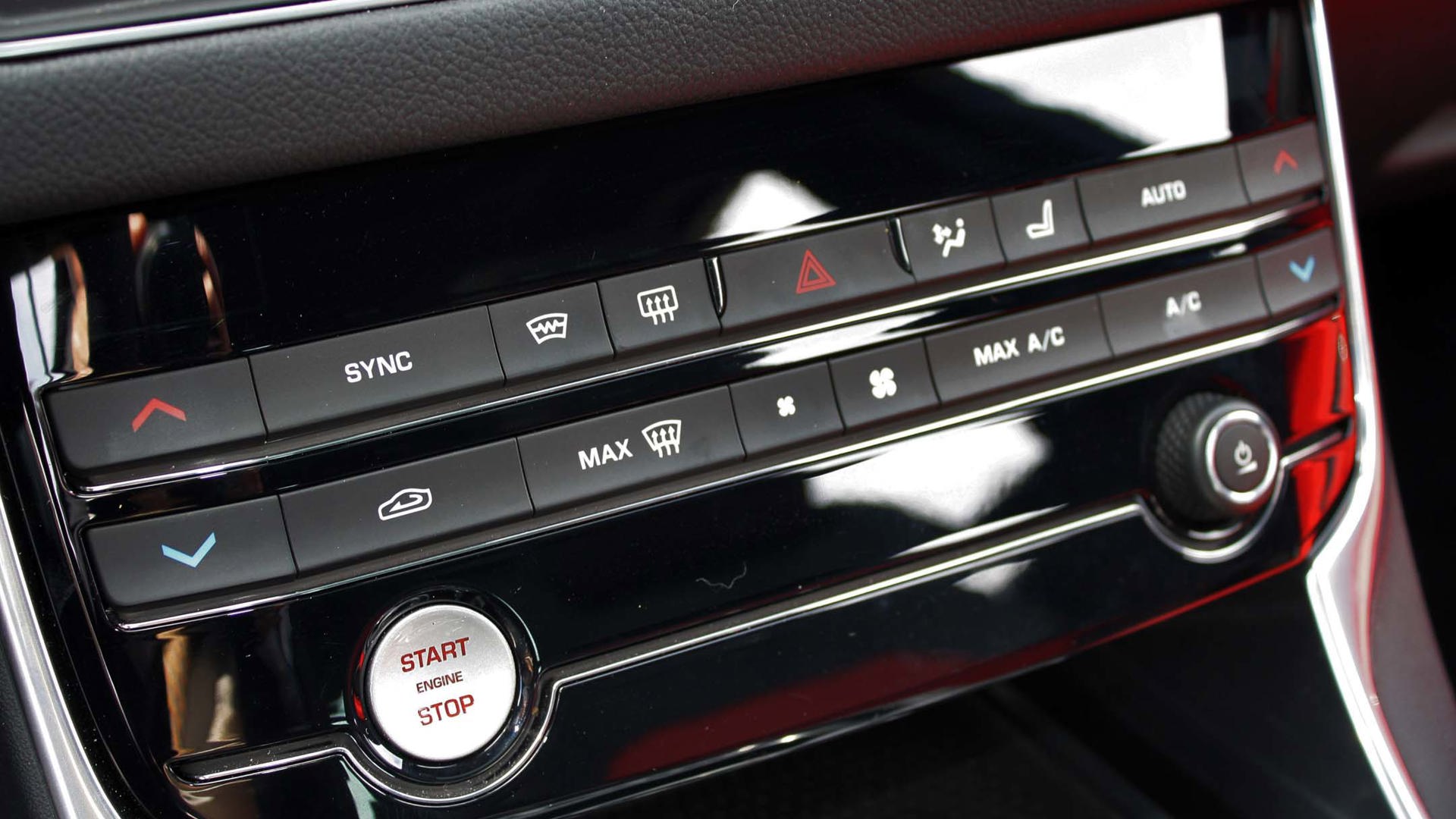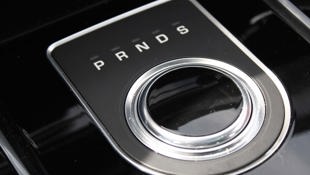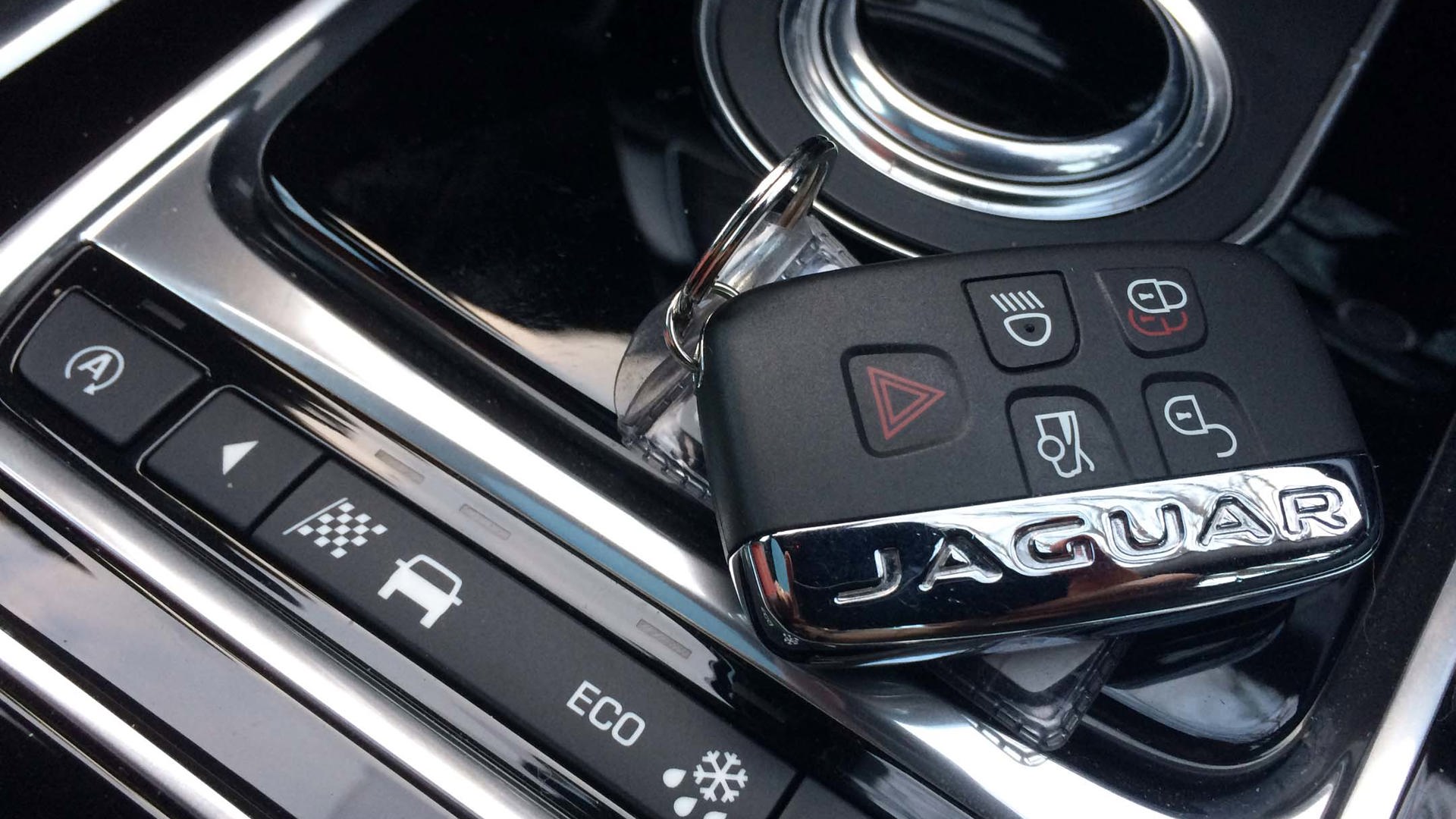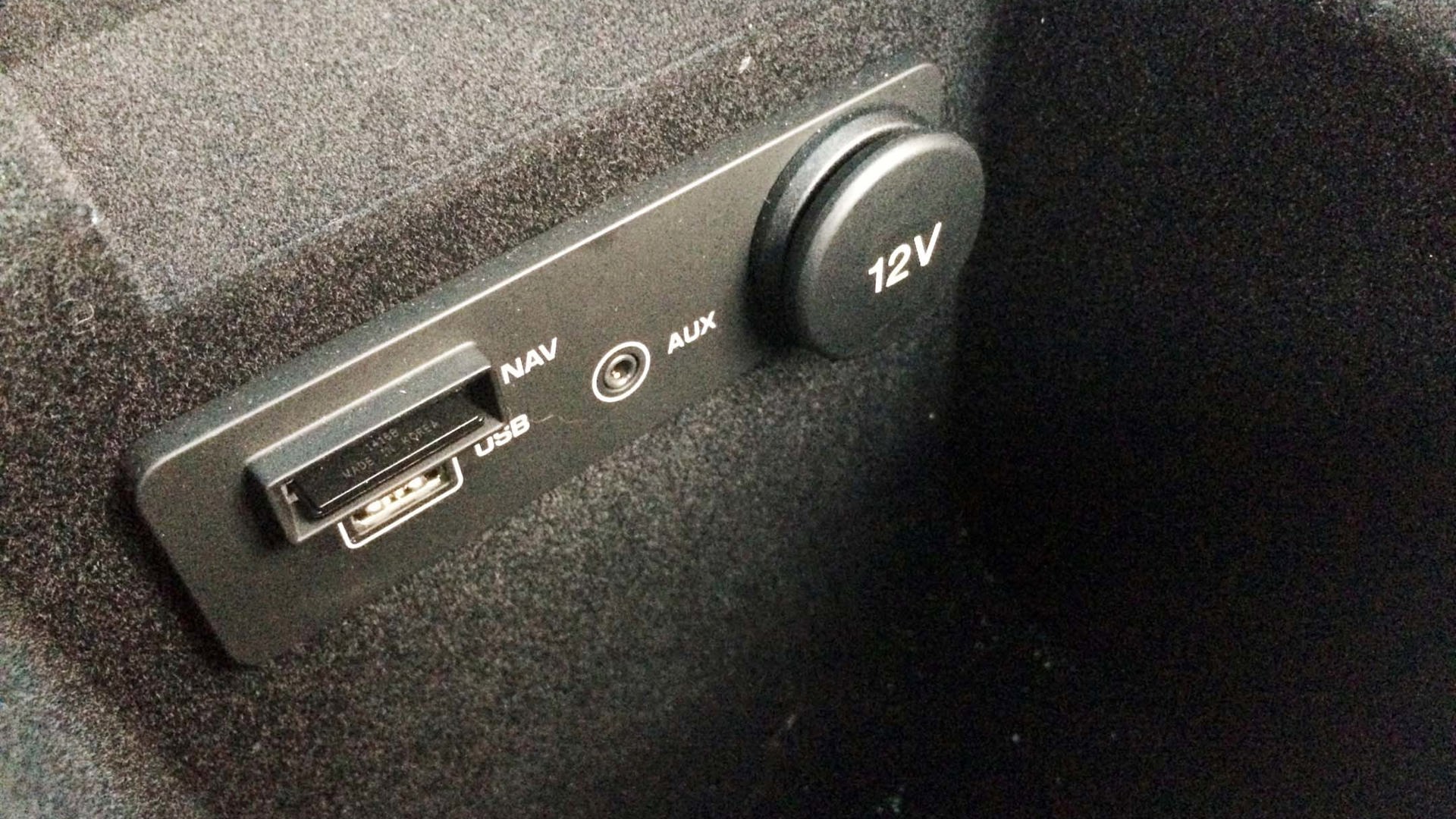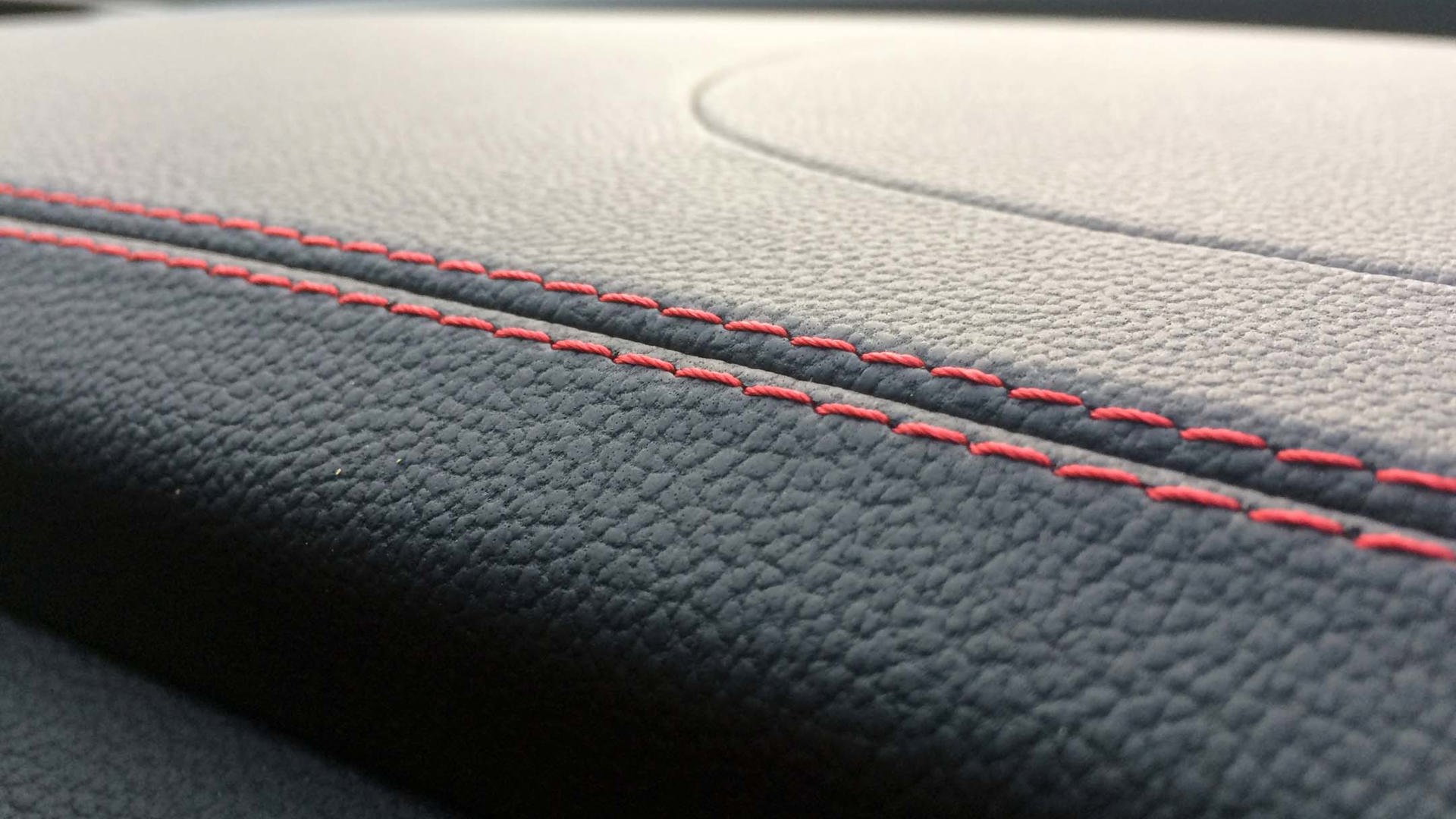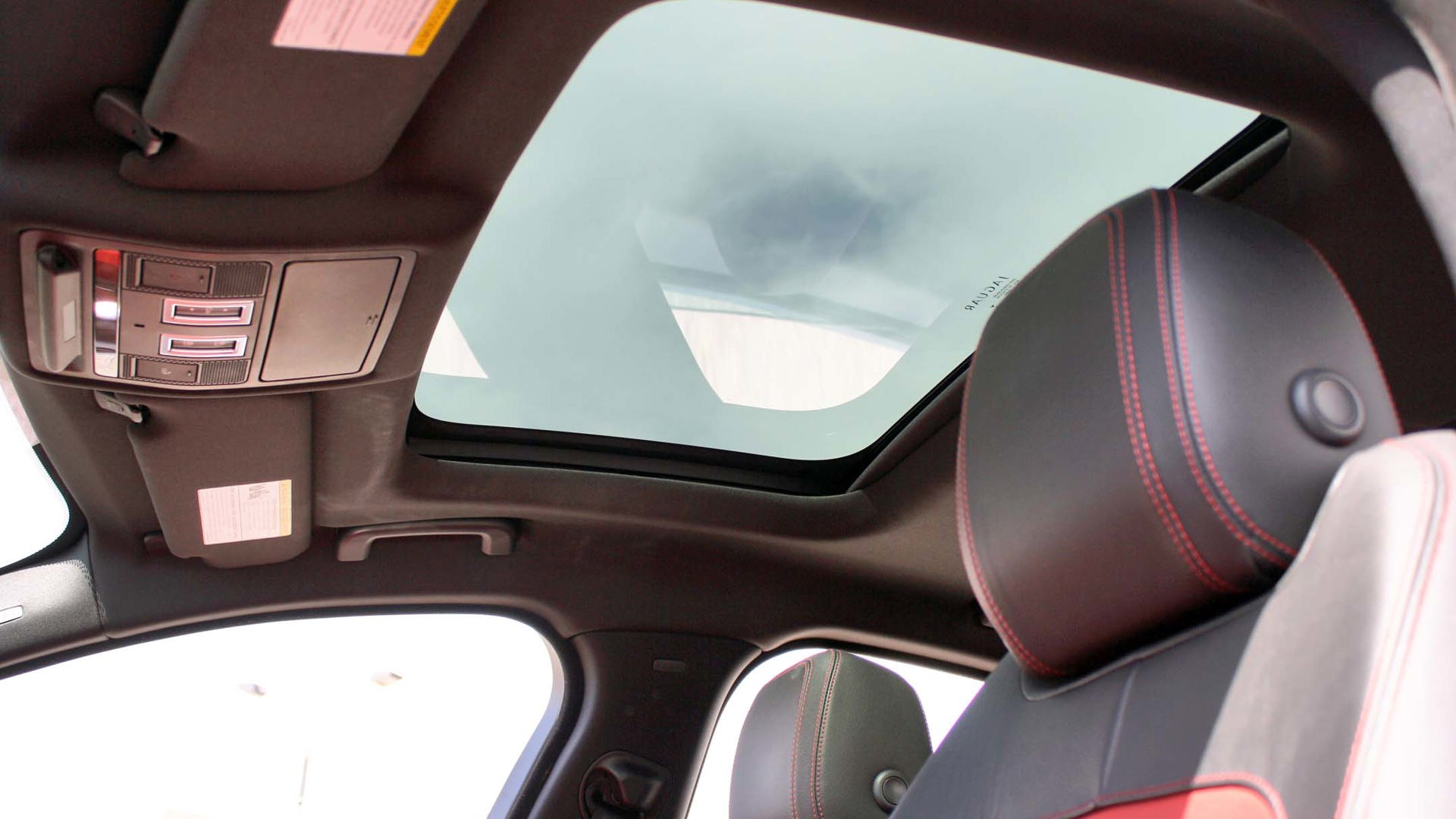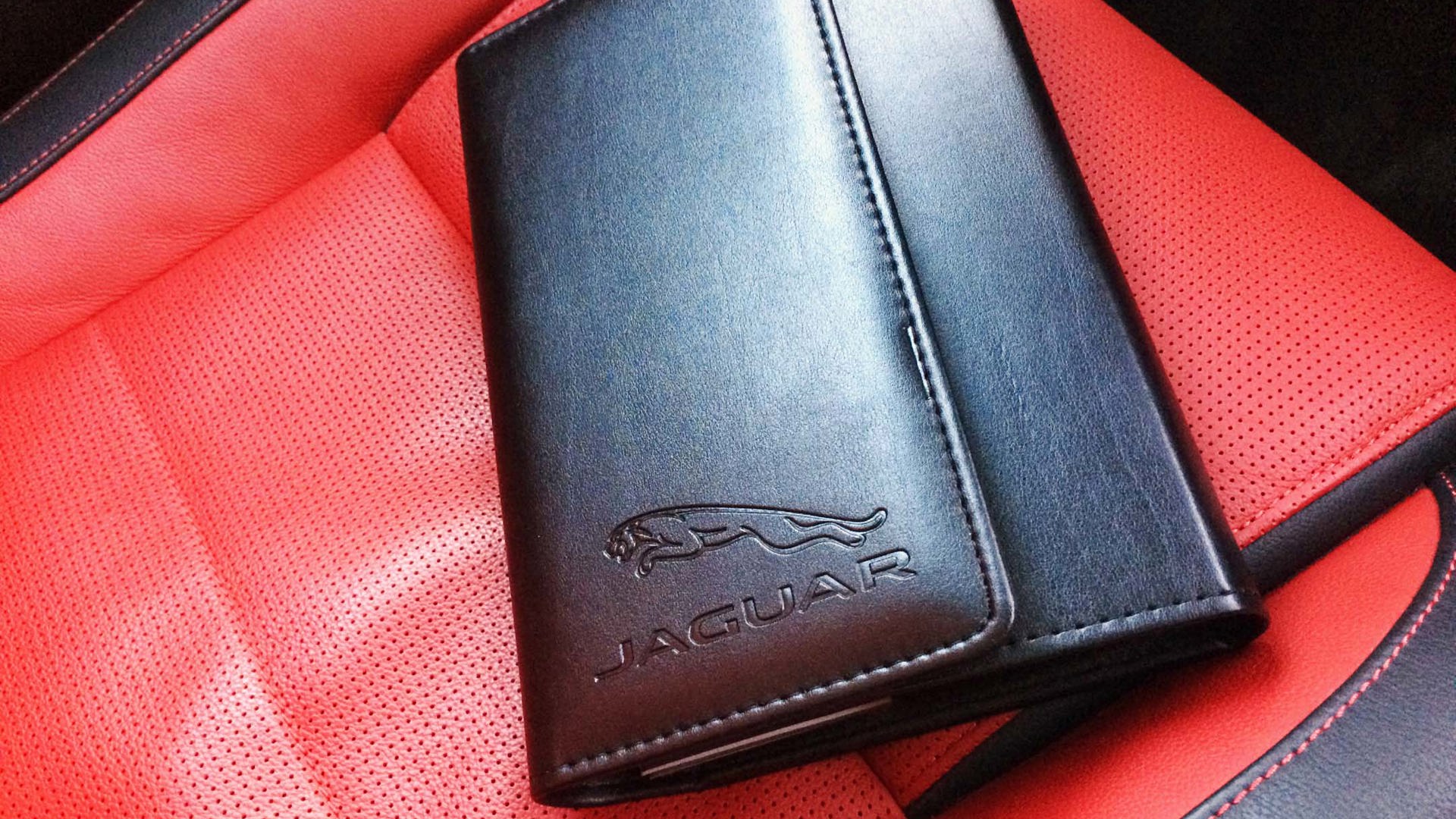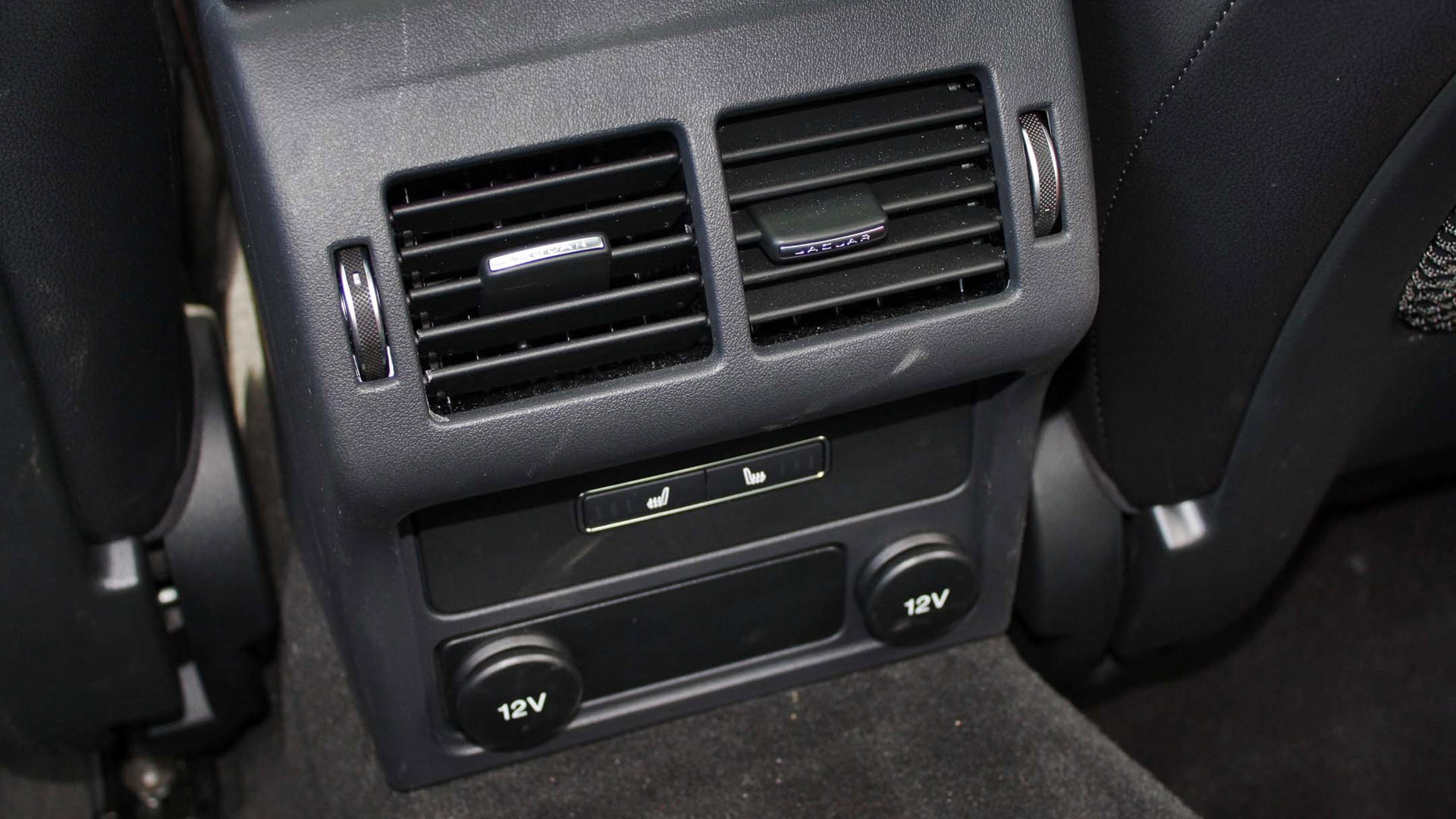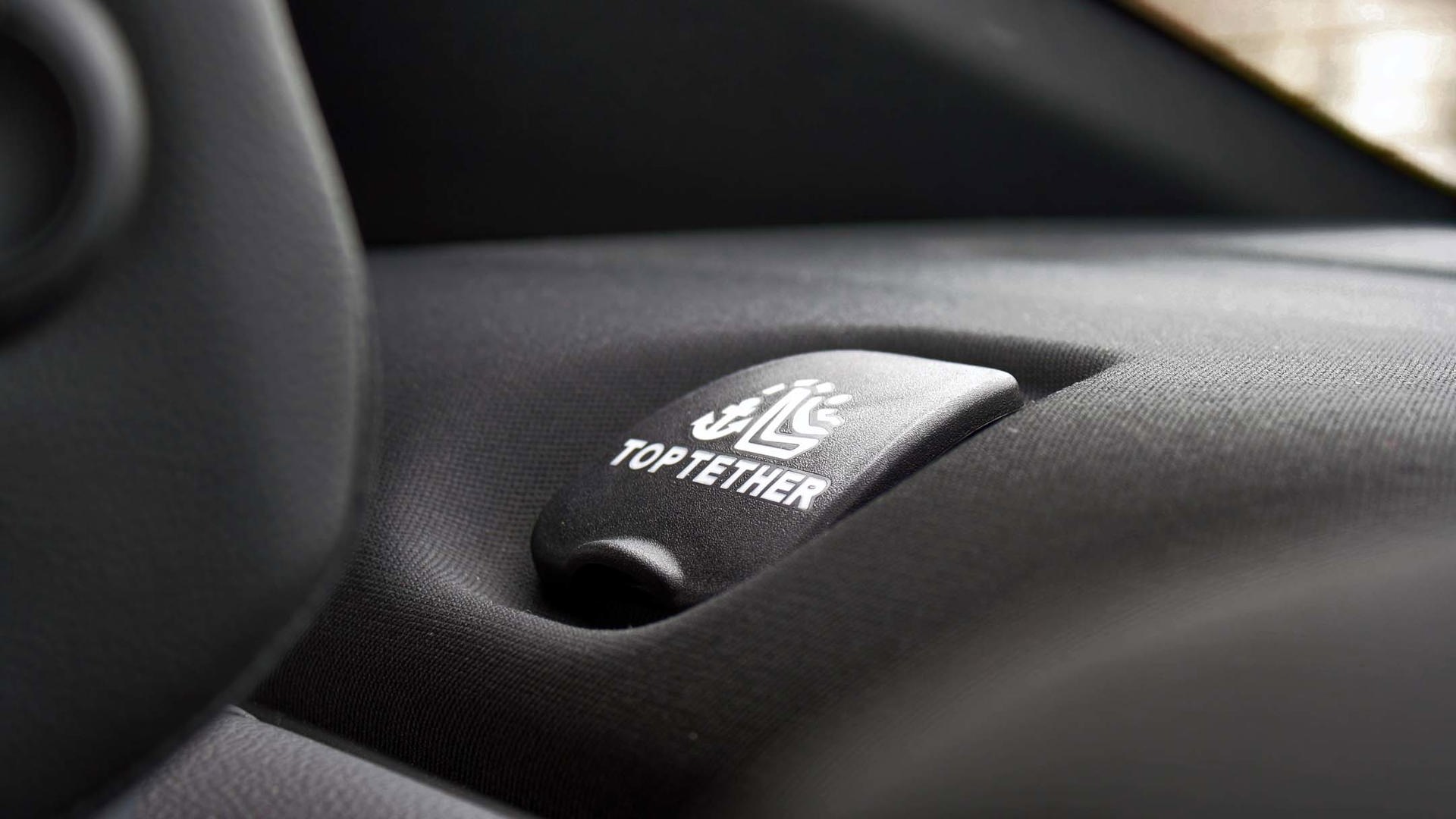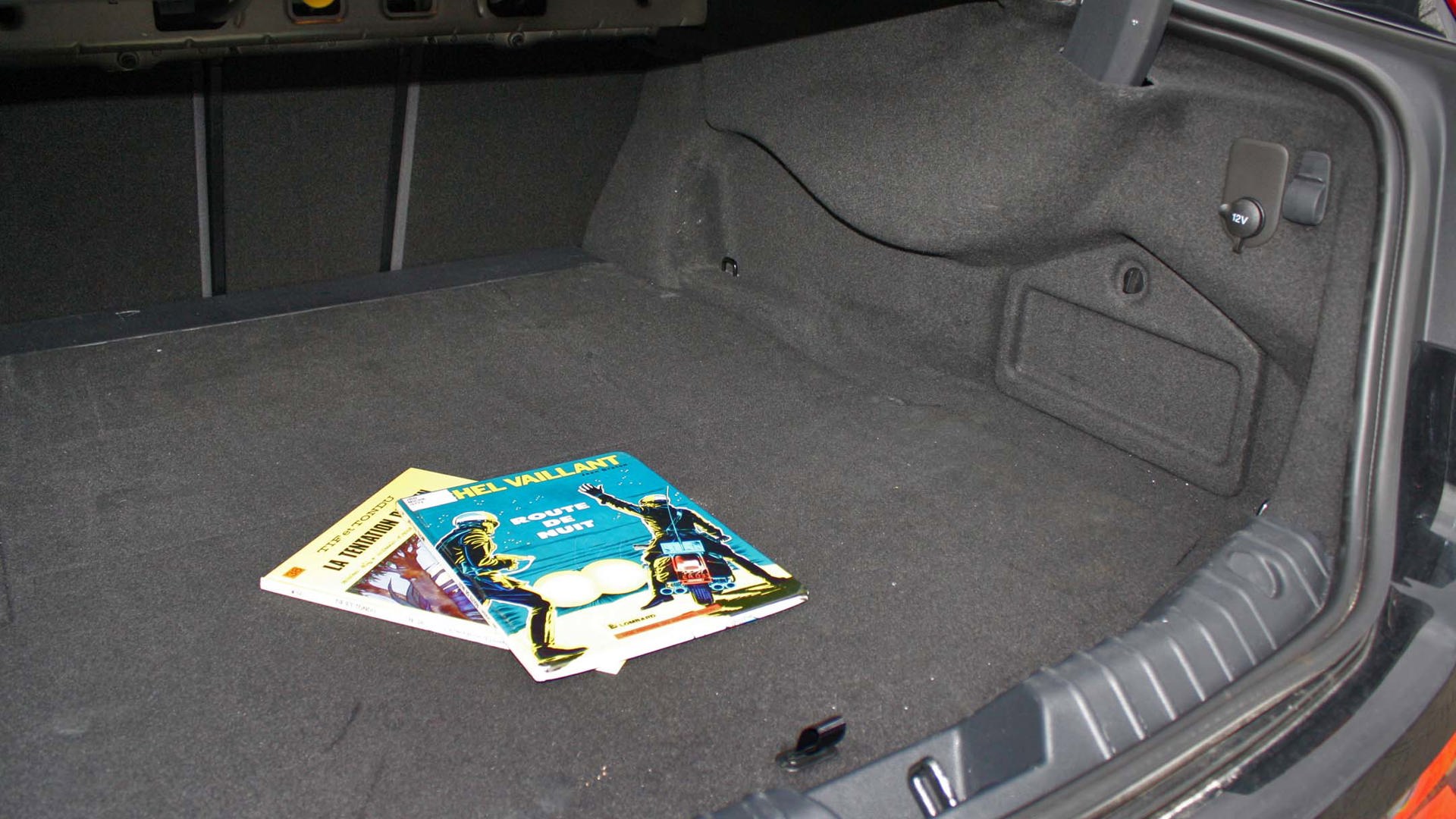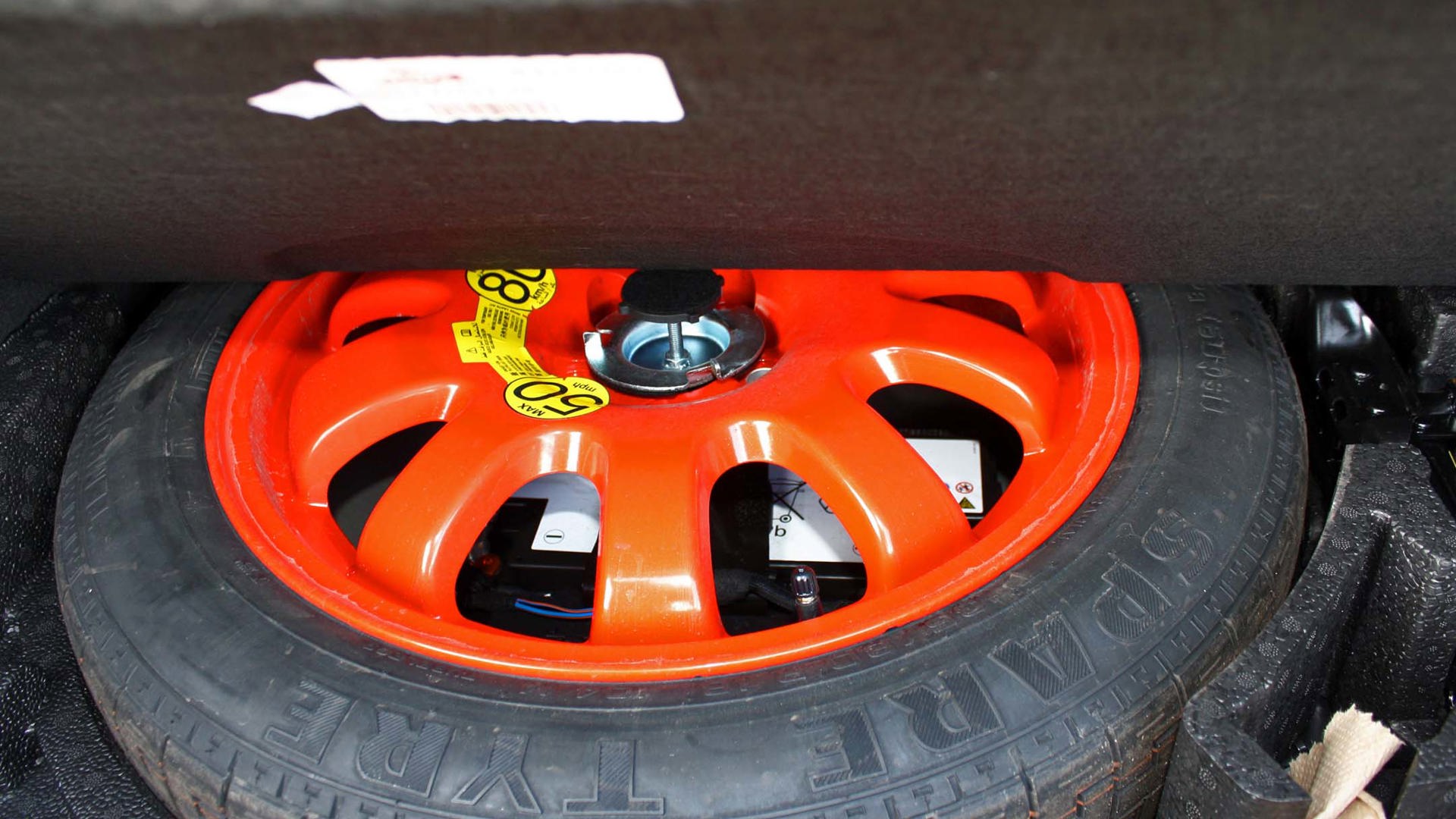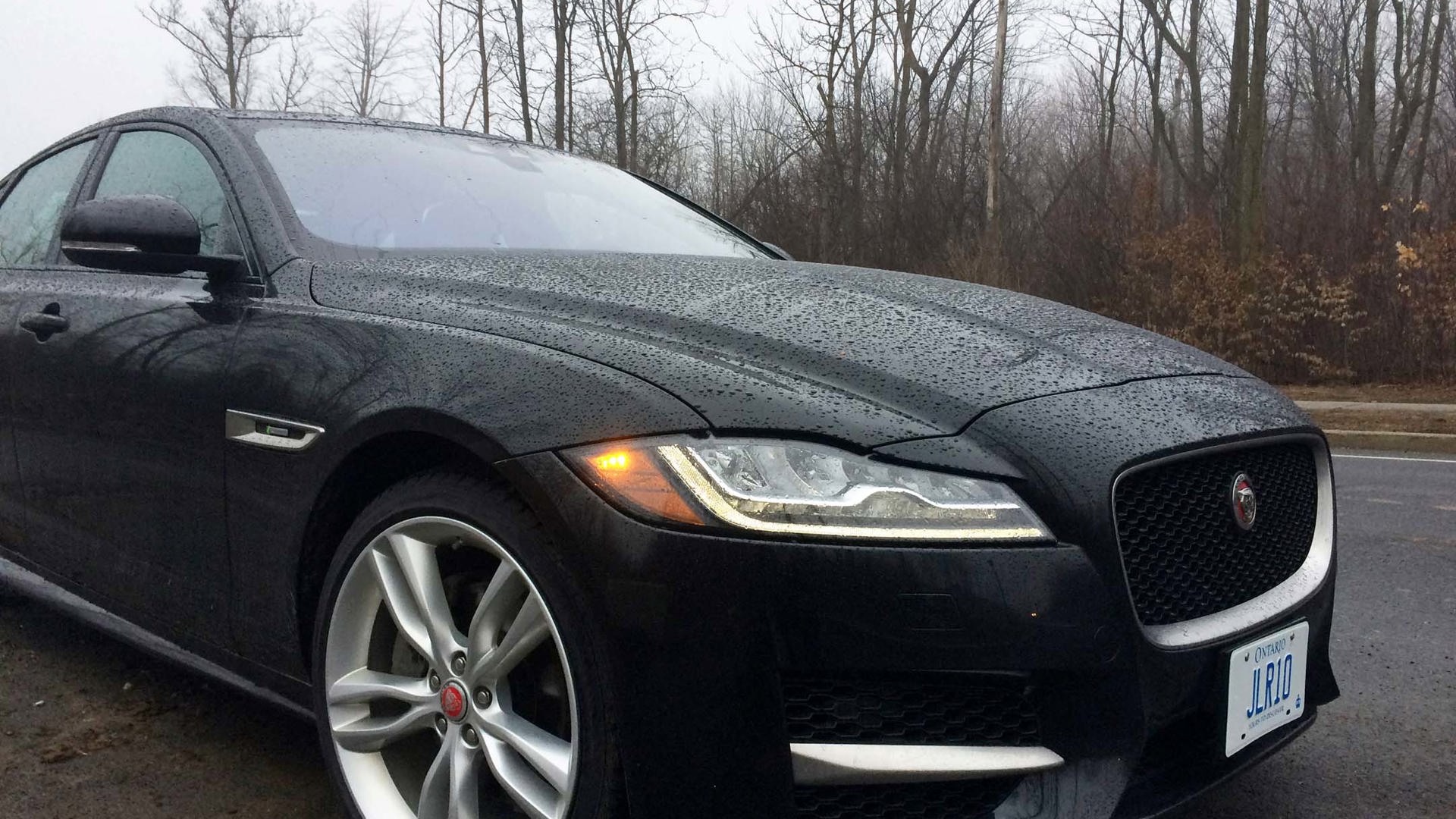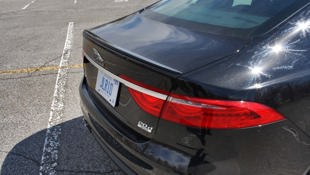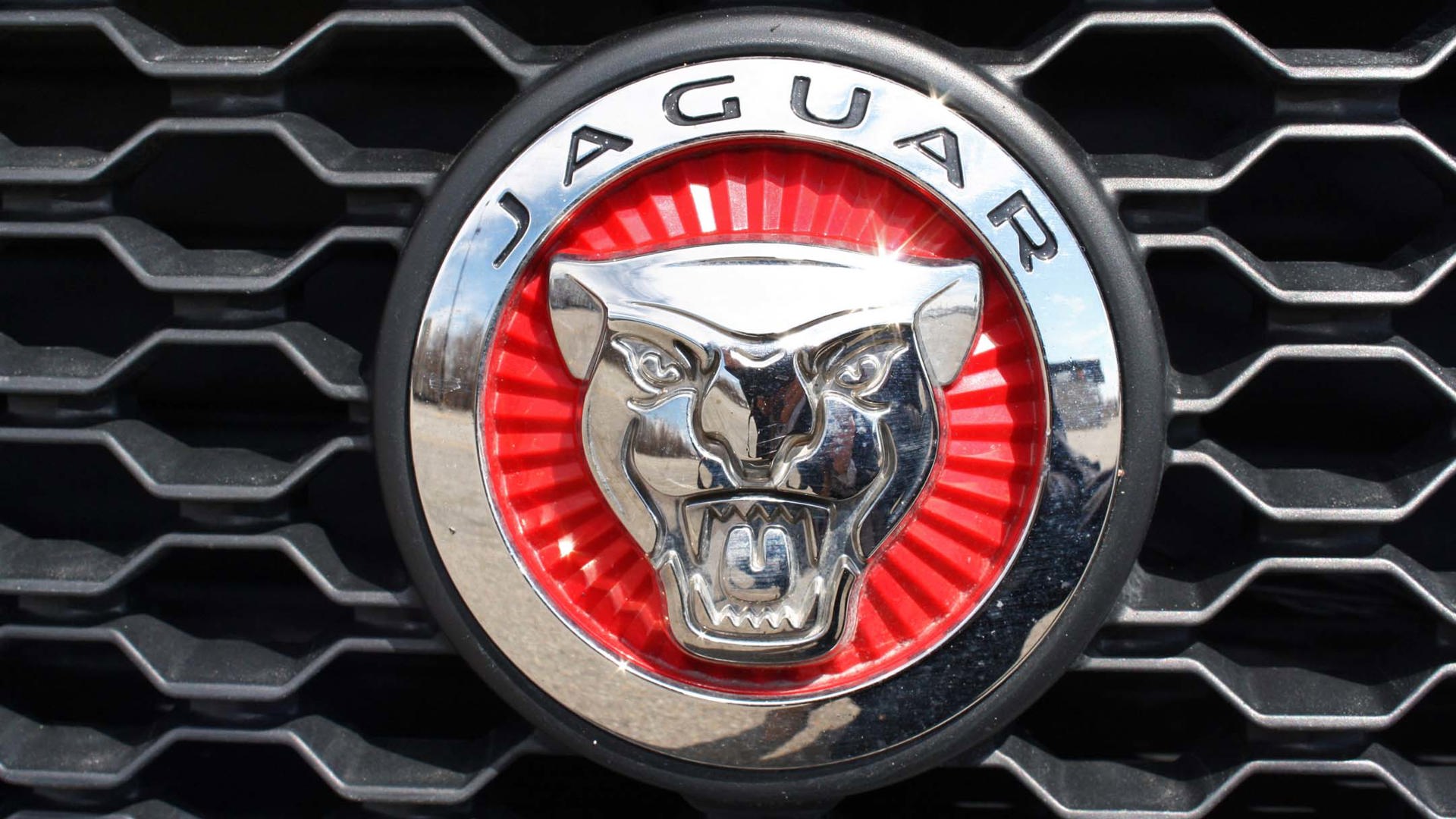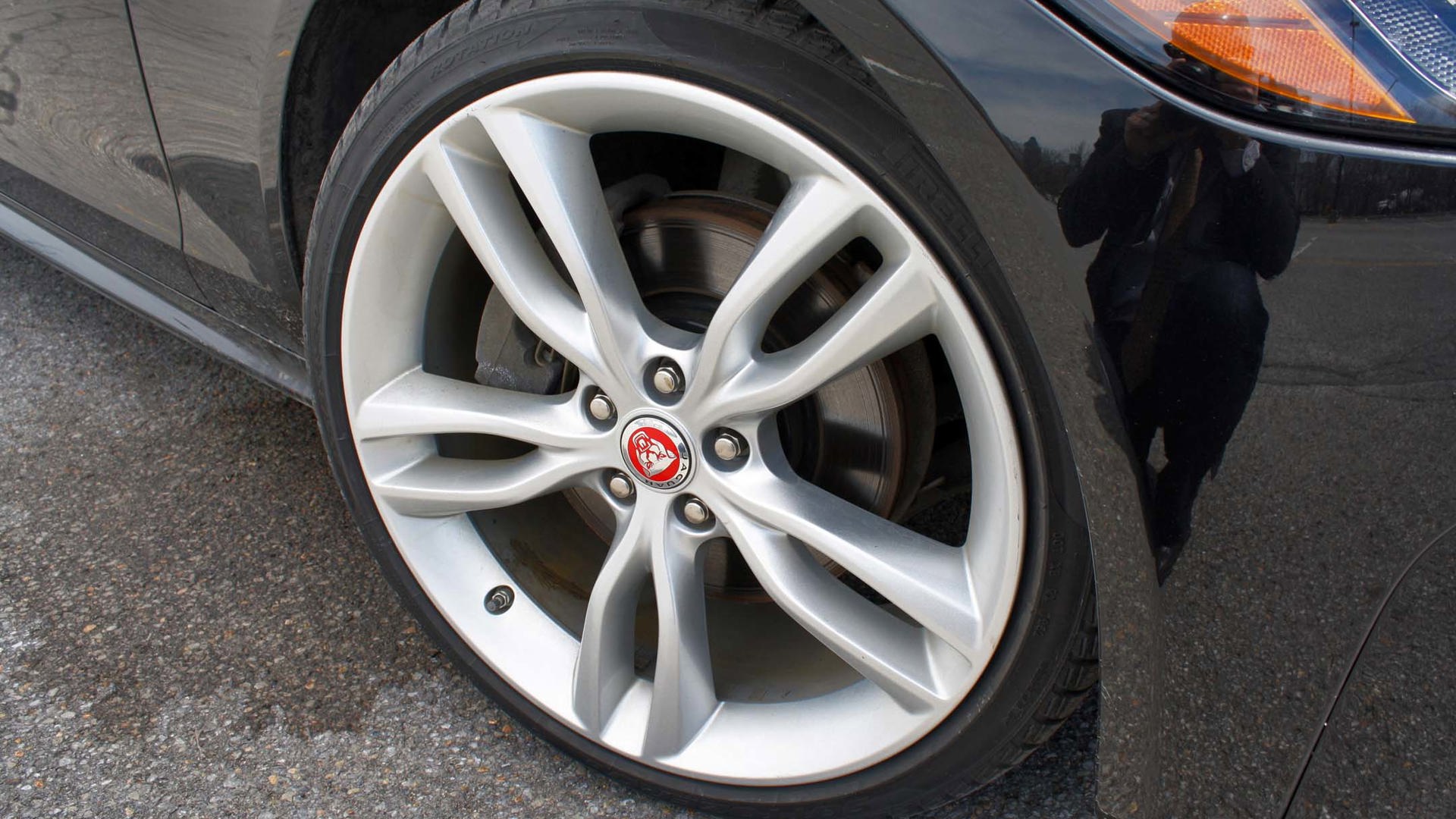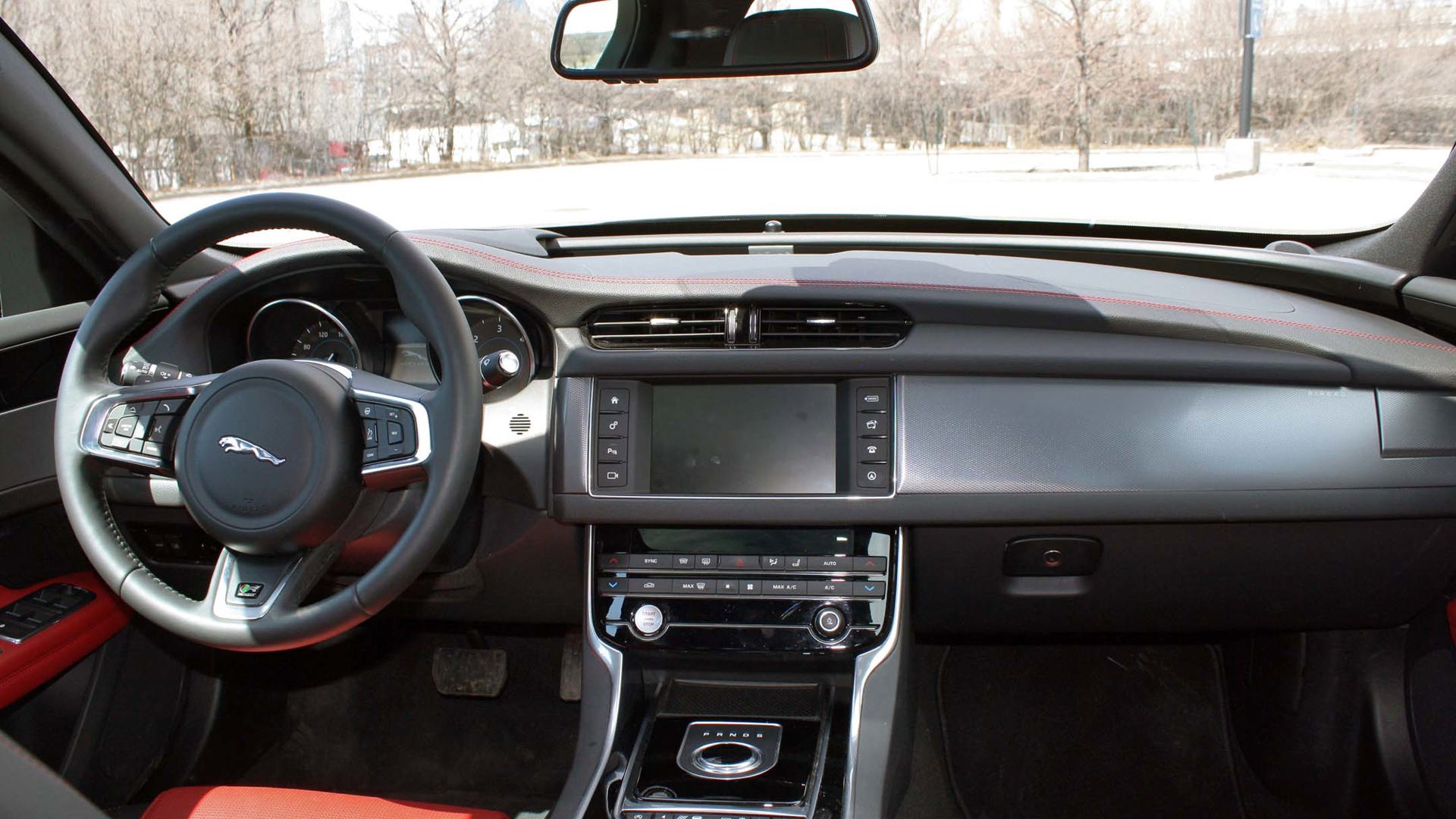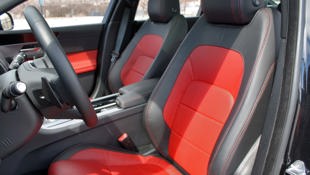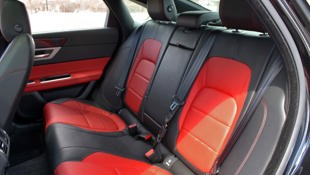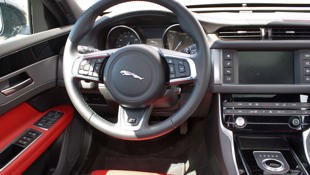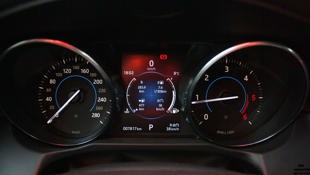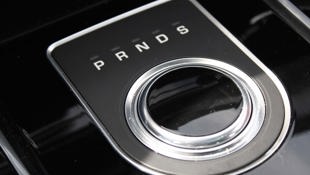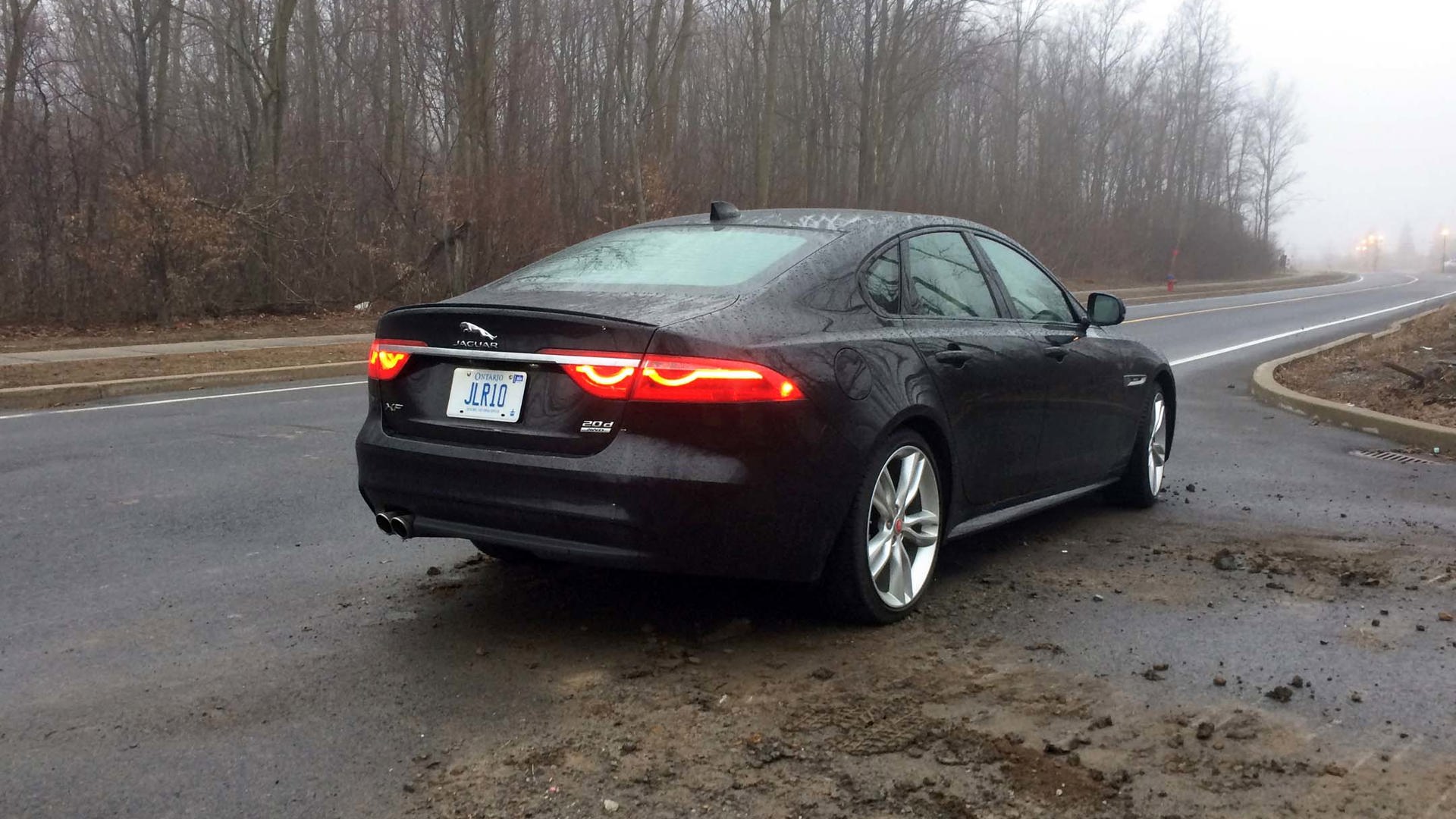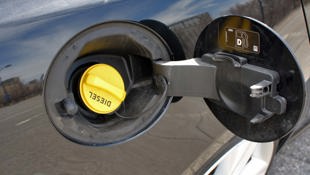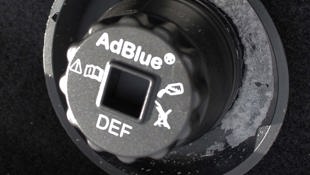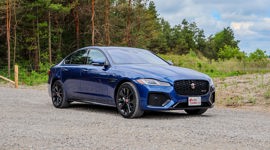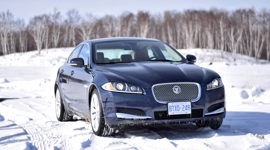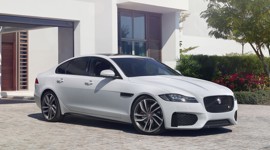 AutoTrader SCORE
AutoTrader SCORE
-
STYLING8/10
-
Safety8/10
-
PRACTICALITY8/10
-
USER-FRIENDLINESS8/10
-
FEATURES7/10
-
POWER7/10
-
COMFORT8/10
-
DRIVING FEEL9/10
-
FUEL ECONOMY8/10
-
VALUE7/10
One of the perks of being a French-Canadian is growing up reading book after book from the “septième art” (the seventh art form), the superb comic books from France and Belgium. Clifton, Spirou, Tif et Tondu, Michel Vaillant and all the others – they fight the bad guys, and more often than not these baddies are driving Jaguars. It seemed a standard fixture for European writers of the day: Jags typecast as the villain’s getaway car, a legacy that the brand has recently tapped into for its own advertising.
I did not know the word back then, but it was totally badass.
There’s something inherently aristocratic yet badass about Jaguars, as if something dark and evil was lurking beneath that leather and wood veneer. And I’m not talking about Lucas electrics. Compared with the stodgy Benzes and spartan BMWs of the ’70s, the XJ series cars that came to age in my kiddie years were low-slung, wide-tracked, curvy and mysterious – something to be driven briskly and swiftly down a foggy road to an abandoned manor with a kidnap victim in the trunk. Yes, reading all of those mystery comic books probably twisted my view back then, but I can’t forget the first time I saw a real Jaguar in my little corner of Quebec. It was a ghostly white XKE Series III V12 with fat tires and those four exquisite central exhaust tips. I did not know the word back then, but it was totally badass.
And so it is that while reminiscing on the readings of my youth forty-odd years later, I don a dark tweed jacket and my FBI-grade sunglasses and pick up my 2017 Jaguar XF 2.0D R-Sport. There are worse assignments to have on your birthday.
Grace
Chief Jaguar stylist Ian Callum had quite a challenge on his hands back in the mid-2000s: to take Jaguar out of its conservative trappings and push the brand’s styling into the 21st century. The XJ sedans still offered a relatively graceful interpretation of the old Jaguar DNA, but the mid-size, Ford-based S-Type was a baroque retromobile that barely made a dent in a class dominated by the likes of the Audi A6, BMW 5-Series and Mercedes-Benz E-Class. If Jaguar was to stay relevant in a thriving premium car market, it was time to throw away the mould and redefine the brand’s styling language. The result was the first Jaguar XF, a car as radical then as a German Mini, blonde-haired James Bond or a Brexit referendum. Eyebrows may have been raised over sherry glasses in private clubs, but as heretical as it seemed, the bland but elegant XF reversed Jaguar’s fortunes and became a hit.
It’s ironic then that such a radical redesign was followed by an evolutionary reboot, not taking advantage of the opportunities brought by a completely new platform. Despite a high-wire stunt / launch event that saw the 2016 Jaguar XF drive on steel wires over the Thames, to place emphasis on its light, aluminum-intensive construction, platform-mates XE and F-Pace still captured most of the media’s attention. If a supercharged luxury / sport sedan can hide from plain view in such circumstances, then yes, it’s still the villain’s perfect getaway car.
Building on the brand’s new styling language, the new tailor-made XF focuses on details to rise from the off-the-rack masses. Creases, bulges, gaps, LED-light jewellery – all work together to create a discrete premium aura that doesn’t rely on bling or in-your-face sheet metal sculpturing to prove its point. I’ll readily admit I wasn’t a fan of Callum’s first-gen XF. It did the job, but something was missing. Here, the proportions just work. It’s the kind of car that passersby don’t notice at first. But length, greenhouse, wheel / fender proportions – it’s all the little things that make you stop on the way to the car, fob in hand, to just appreciate how right can a simple sedan be. Add the sinister black paint, R-Sport body trim and black-and-red leather interior of this tester, and you may even crack a whiplash smile. Ian, buddy, you’ve redeemed yourself.
Space
With villains though, it’s not about appearances. British-tailored elegance always goes with the territory. It’s what’s happening behind closed doors that matters. Here the gentle, anonymous first-gen XF interior has become more affirmative. The instrument panel is more sculpted, highlighted in the test car with genuine red stitching assorted to the red accent leather found on the seats and door panels.
The only nod to past Jaguar interiors is the flat, vertical fascia of the XF’s instrument panel, finished in “Jet” trim instead of burled wood. A small trim piece set above each front door handle is wood’s last stand inside the XF’s cabin, rendered in piano black in the tester, although more traditional finishes are also available if one misses the private club ambiance.
The leather thrones are amongst the finest I’ve tried, more firm than soft, with ideal support. Although lacking the plethora of electric adjustments found in rival brands, the seat design and electric lumbar support fit my six-foot frame perfectly. The powered tilt / telescoping steering wheels fine-tunes the driving position to one’s liking, and to make sure that perfect adjustment stays there, three memory settings are available.
It’s a good thing the fat, leather-rimmed and heated R-Sport steering wheel is a joy to grab, as otherwise your right arm may be wondering where to go. The center armrest is a bit thin and short, and there’s no shifter to rest your hand on. If the boss rides in the back, he will nod to you in approval. Heads, legs and elbows all have room to spare and the wide bench is quite comfortable. Better let him in with the fob, though, as the keyless access is the most finicky I’ve ever experienced. Should any witnesses find themselves inadvertently locked in the power-lidded, fully carpeted trunk, they will find good depth, although vertical space is a bit limited due to the rear-drive configuration. More importantly, they will notice the glow-in-the-dark emergency release handle.
Villains love to be in control, and front and center in the instrument panel, ready to obey their commands, is Jaguar’s InControl Touch infotainment system. Instead of gesture control, computer mice, touchpads or other high-tech shenanigans, this touchscreen is blessedly simple and intuitive to use. Screen reaction is immediate, and to help the driver keep focus on the road, the 8" screen is framed by two columns of physical buttons for instant menu access. No such luck though with the trip computer / apps steering wheel controls, where the left/right switches will start changing radio stations once you’ve run out of menu options. I would have expected this feature to be locked while toggling through settings menu.
The standard 380W sound system uses 11 Meridian-brand speakers, while a 17-speaker 825W (!) system is available. Sound was clear with reasonable depth, but the electronics seemed to lose their temper at higher volumes, very un-British. Villains will also be miffed by the fact that there’s no CD player for their favourite Sinatra album. Frank on a thumb drive? That’s not right. And mind your volume level before exiting the car, because when you get back in the car with the boss, the physical volume knob will have absolutely no effect on Frankie Valli’s falsetto while the system boots up.
Pace
Villains may experience disappointment after pressing the glowing Start button. As Jaguar moved from silky smooth inline-sixes and V12’s to growling supercharged V6’s and V8’s, aural satisfaction remained a key part of the Jag experience. Here, the little 2.0-litre four has all the aggression of the 2.5-litre Ford Fusion rental car I picked up a few weeks ago.
For 2017, the Ford-supplied premium-fed turbo four, last seen in 2015 under an XF’s hood, is still in hiatus, biding its time until a new in-house engine of similar configuration arrives for the 2018 model year. He’s replaced in his role by the Ingenium 2.0-litre turbodiesel. After the feds clamped down on Volkswagen, all diesels basically had to come forward, hands raised, ready for a full pat-down. Jaguar / Land-Rover’s oil burners were the very first to be EPA-approved. Impressive, considering rival clans BMW and Mercedes-Benz got stuck in red tape. Optional motivation comes from two versions of the supercharged 3.0-litre corporate V6, one making 340 hp and the other 380 hp, but our tester has the no-charge diesel under its voluptuous hood.
Power is sent to all four wheels (standard for the Canadian market) through an eight-speed automatic transmission, whose rotary selector powers up from the console when starting the car (who knew one day we’d miss Jaguar’s J-Gate shifter?). In theme with the R-Sport trim, a sport mode and illuminated paddle shifters give you full control over the gear ratios (which are nicely displayed by the HUD). Leave the transmission alone for more than a few seconds though, and it’ll return to Drive by itself.
As is often the case, using the paddles or the Sport mode adds very little to the experience, unless you’re being chased up or down a mountain road. Under more serene conditions, at constant speeds, the multi-cog slush box makes the diesel tester one smooth kitty, with 1,400 rpm observed at 100 km/h and 1,650 rpm at 120 km/h. Low rpms and terrific soundproofing mean no diesel sounds at highway speeds, the little four-pot sticking to the fat part of its torque curve. No such luck around town, where the XF moans loudly like an under-engined rental car, the autobox not helping by doing a fine CVT impersonation; this trait is even more exacerbated when the car is put in Eco mode. Not very Jaguar-esque. Amplifying perceived engine sounds is the car’s terrific soundproofing. Outside noise stays outside, and no passenger was aware that this car was still wearing Pirelli Sottozero winter tires, sized 255/35R20, despite their aggressive thread blocks. Any thumping from the trunk was also mercifully muffled.
Wait, what’s pulling up behind me? An ice-mint metallic Lotus Evora? Who would order a Lotus painted like that? Must be the Saint’s grandson or some other do-gooder. Better engage Dynamic Response. This $1,000 option is not your typical cinder-block sport suspension setting. Dynamic Response follows your moves – how you steer, brake, accelerate, how fast you go. The system then relays orders down the chain to all the support crew so that steering, shocks, driver aids, et al., so things are taken care of by the computer banks while you mind the tiller. And that Lotus. But that’s the theory. Not having the Nürburgring or the Tail of the Dragon in my backyard, little could be felt while toggling between “Normal” and “Dynamic”, unlike the clearly felt, fun-dissolving “Eco”.
Putting myth to pavement, the Jaguar XF excels when left to its own “normal” self. On the open road, the old slogan “Grace, Space and Pace” comes into play. There’s a fluent elegance to the way the XF goes about its business. The turbodiesel’s torque offers just enough snap around town to assess some authority. The steering is a precision tool that follows your command, while filtering out nasty stuff happening at the contact patches. But the most remarkable feature of this car is the ride / handling balance. Firm but never jarring, the XF is a partner you can trust when sustained pace is called for. This sizeable, heavy sedan never wallows around a curve, is unfazed by severe rutting, laughs off heavy spring rains and tracks like a leather-lined train. Any lesser car would have hydroplaned like crazy on one particular stretch of road I commute on. Cracks and pavement imperfections are filtered out, but there’s only so much a 35-series sidewall can do when facing potholes. You still get a phlegmatic ride the Germans can’t touch. Yes, the 180 hp four-pot is a bit winded when high rpm motivation is needed, such as on a highway onramp, or to make a pass, but the blind-spot monitoring has an extra trick up its sleeve to compensate: it will flash an icon in the rear view mirrors if a car is coming up fast in an adjacent lane. Should you become distracted, the active lane control is the most unobtrusive I experienced – I had to lift my hands from the wheel to realize it was the car going around a bend, not me. Once you’re up to speed, the XF is a partner you can trust.
Villains always pay cash
The XF made good on its promise. Only a few bills had to be taken out of the wad to refuel the car at the end of the week. While rated at 7.8 L/100 km for city use, under my tenure (where I essentially commuted downtown from the ’burbs and, ahem, “ran errands”), the trip computer credited me with 7.6 L/100 km (my own math says 8.7, but I had no control over the previous fill-up). Unlike British tradition, the Jag did not leave a spot of oil in my driveway.
With XF pricing starting at an even $60k, the R-Sport trim commands an extra $8,500 but doesn’t actually add any “sport” bits beyond cosmetics. For a car selling in such small volumes, there is a mind-boggling level of trims, colours, leathers, veneers, wheels and even headliners to pick from. Off the rack this ain’t. This myriad of choices help one build one’s XF to one’s liking, but choices add up; the old adage stays true: you always need more cash – $77,495 for this black kitty.
Competition is scarce. With the Audi A6 TDI indefinitely out of the picture, and the BlueTEC Mercedes-Benz C-Class and E-Class stuck in paperwork limbo, the only other diesel premium sedans left are Jaguar’s own XE and BMW’s 328d xDrive. The XE is just a small kitten, but the current plus-sized 3 Series is as good a match as we can make here. The ubiquitous Bimmer has the premium vibe, of course, but it can’t remotely approach the Jaguar XF’s cachet and exclusivity. Living and working in premium-car-intensive areas, I spotted exactly one other XF during an entire week of driving. A Jaguar thus guarantees exclusivity, wears Her Majesty the Queen’s seal of approval on the owner’s manual, and will discretely speak to your inner, darker self. It’s a deal you can’t refuse, you know what I mean?
| Engine Displacement | 2.0L |
|---|---|
| Engine Cylinders | 4 |
| Peak Horsepower | 180 hp @ 4,000 rpm |
| Peak Torque | 318 lb-ft @ 1,750–2,500 rpm |
| Fuel Economy | 7.8/5.8/6.9 L/100 km cty/hwy/cmb |
| Cargo Space | 540 L |
| Model Tested | 2017 Jaguar XF 2.0D R-Sport |
| Base Price | $68,500 |
| A/C Tax | $100 |
| Destination Fee | $1,995 |
| Price as Tested | $77,495 |
|
Optional Equipment
$6,900 – Ultimate Black paint $650; Adaptive Dynamics $1,000; 20-inch 5 split-spoke “style 5071” alloy wheels $1,500; Heated front windscreen $400; Head-up display $1,300; Comfort & Convenience Pack (includes powered trunk lid, heated/cooled front seats, heated rear seats and soft door close) $2,050
|
|
